Why we ran it: To see if the near-perfect theory of a car with diesel power for long journeys and electric power for short trips can be matched by the reality
Month 5 - Month 4 - Month 3 - Month 2 - Month 1 - Specs
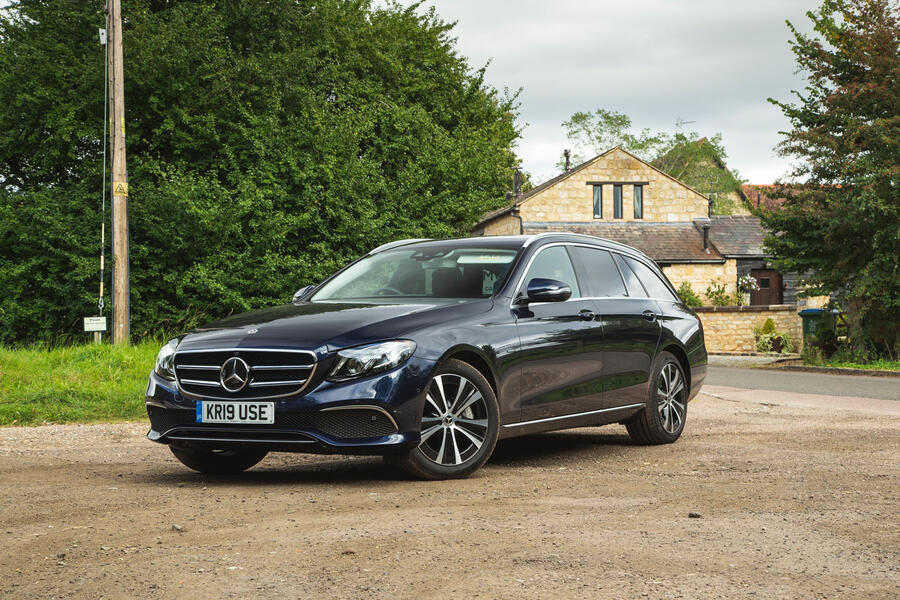
Life with an E-Class Estate: Month 5
What could be better than a frugal diesel wagon that can turn into an electric car? - 25 March 2020
It has been an interesting and informative time with the Mercedes-Benz E300de Estate, powered as it is by the only diesel-electric hybrid powertrain on the market.
And that’s the first thing to say: diesel may not be popular at present, largely due to its urban emissions, but here is a way out of that trap. The ideas behind a car you can use emissions-free and conscience-clear in town but that will also provide all the benefits of a modern, clean diesel on a long run are clear. I understand why it probably won’t catch on – diesel’s unfairly maligned reputation and the lack of interest in it outside of Europe – but on merit alone, it’s the best solution I’ve seen.
As for the car, I was most interested in what I knew would be a reality gap between how it performed on paper and how it actually got on in the real world – and I don’t just mean its demonstrably nonsensical official fuel consumption and CO2 figures.
There is, for instance, the price to consider: the E300de costs £9230 more than an otherwise-identical E220d powered by the same engine but without the hybrid apparatus. On the one hand, you might ponder how many thousands of miles you would need to drive to recoup that premium, but then for a company car, the taxation incentives might conversely prove exceedingly tempting.
You might abhor the additional 345kg that it weighs over the E220d, or you may consider that its 302bhp more than makes up the difference over the 191bhp model. And in power-to-weight ratio terms, you would be absolutely correct. It’s the difference between a car that can reach 62mph in less than six seconds and one that needs rather more than seven. And that is significant.
For me, however, there is a large conceptual component to the argument. Do you like the idea of the diesel hybrid? I very much do. For a start, what the numbers will never reveal is just how startlingly luxurious this Mercedes feels while wafting you around not only on velvety springs but also in almost complete silence. And for most people, most of the time, that will be most journeys. The E300de’s performance on electrons alone is better than adequate in all normal circumstances. I like, too, the fact that its projected electric-only range is always a mile or two fewer than it actually achieves, despite the fact that I do almost no town driving in it.
The day-to-day downsides are both the size and, particularly, shape of the boot and the knowledge that on a long run, you’re carting four adults’ worth of additional mass that is, pun entirely intended, not pulling its weight.
Charging the E300de has been a doddle since the installation of my Pod Point domestic charger, which more than doubles the rate of charge relative to a three-pin plug. With a plug-in hybrid containing a very small battery, compared with a fully electric car, it reduces the charging time to a matter of minutes.
But I think there’s still a sense that ‘filling up’ in this way is, if not entirely free, a mere fractional cost of the diesel you would otherwise be using. And it’s true; that fraction is one over two, so it’s far more affordable – the equivalent of a car doing almost 120mpg. However, as a rather startling electricity bill recently made very clear, it’s a very long way from being free.
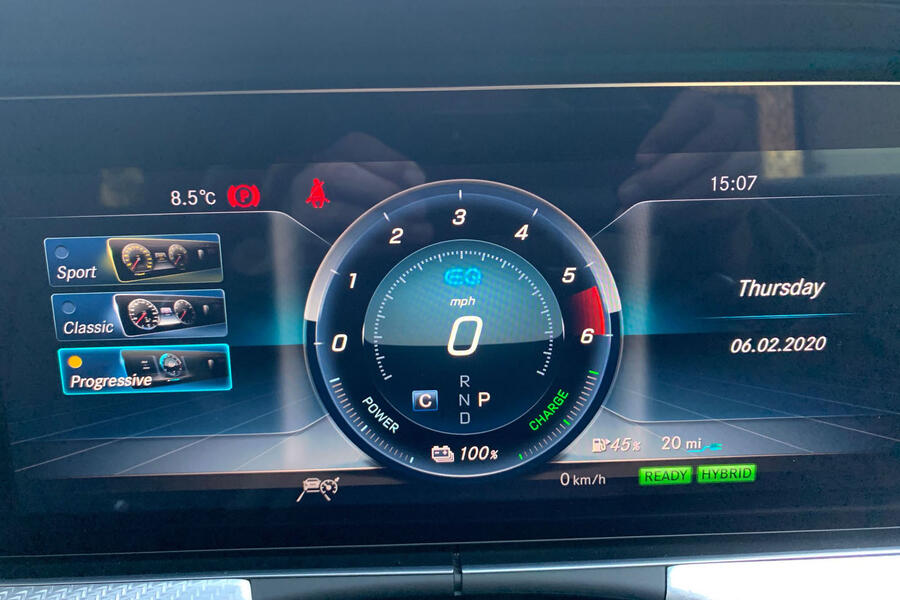
All hybrid issues aside, the E300de has been a fine thing in which to do more than 11,000 miles in a relatively short period. Whatever else may be at my disposal from one day to the next, the Benz is almost always a haven of peace and tranquillity. The exception is on chilly winter days when you’ve spent the best part of an hour wafting along on electricity alone only to be rudely rent from your dreamy existence by the unmistakable sound of a stone-cold four-cylinder diesel engine arriving on the scene. Still, it warms up and therefore quietens down very quickly.
Nothing has gone wrong with the E300de; the only time it has been to a garage was to have its summer tyres changed to winters. I remain as impressed with Pirelli Sottozero rubber on this large estate car as I was when it shod the McLaren 720S I ran before. And through the worst flooding that anyone who lives in the Wye Valley area can remember, these tyres have performed impeccably.
So, would I recommend it? Well, the E-Class may no longer be the most capacious estate on sale (take a bow, Skoda Superb), but there’s none I would rather drive day to day. The 2.0-litre diesel version still makes the most sense, but is the plug-in hybrid worth it in senses more than merely financial? It depends: if boot space is crucial, it rules itself out on those grounds alone. If you’re going to spend almost all your time on the motorway, forget it and enjoy the lower purchase and running costs of the E220d.
But if you want the most soothing, relaxing estate, drive on a mixture of town, country and arterial roads and have off-street parking for charging it, absolutely: I’d not only recommend the E300de but would do so over any comparable petrol-electric hybrid.
Second Opinion

I agree that the extra cost over the E220d may write off the E300de for many, but saving fuel is far from the only benefit of the hybrid. It’s also faster and much more relaxing to drive, to the point that it’s more comparable to a six-cylinder diesel, making the price jump easier to square.
Lawrence Allan
Love it:
Chassis Mercedes’ engineers have risen admirably to the task of making such a heavy car pleasant to drive.
Hybrid system Diesel-electric has to be the best compromise, giving emissions-free progress in town and punch beyond.
Configuration I’d rather have an estate than any comparable SUV. They’re not only more efficient but look better, too.
Loathe it:
Packaging Losing a third of the boot space isn’t great, but it’s the huge step in the middle that irks as much as the size.
Fuel consumption On long runs, you’re always aware of how much less diesel it would be burning without hybrid gear in tow.
Final mileage: 13,288
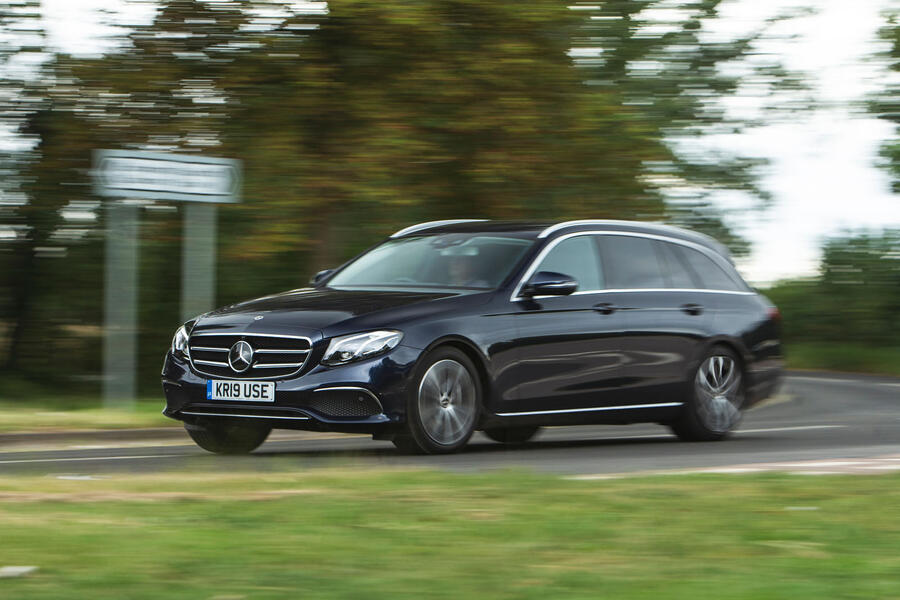
Quick thinking on a flooded road helps to avert certain disaster - 11 March 2020
You have probably noticed it has been a trifle damp of late, and nowhere more so than in the Welsh borders, where I live. But the Benz has been pretty oblivious to most of it, its Pirelli Sottozero tyres cutting through the water as if it were parting the Red Sea. Until one day the family and I found ourselves on the outskirts of Hereford shortly after the Wye had breached its banks.
A major roundabout to the north of the city was entirely underwater. But we had a long drive to the north of England ahead and I couldn’t face the prospect of turning around. I watched a few lorries wade through, noting where on the roundabout the water was shallowest. I then nosed into the water myself and gingerly made my way around the outside. And save for the slightly disconcerting sound of water lapping around the car, all was fine.
What I’d not seen was the deeper flood on the road ahead. But I judged even that to be passable: you just needed to go fast enough to create a small bow wave to push the water to the sides of the car and not over it.
And all was going just fine until I saw the beaten-up pick-up coming the other way. You will have seen them yourselves: jacked-up suspension, huge tyres, bullet-headed moron at the helm. And he was having a great time showing the world just how much water he could displace, giving not one thought for the consequences on any passing motorist on whom it might be displaced.
What I saw was a wall of water coming towards us and it was pretty clear that we were going to get swamped. The E300de is a great car but it’s no off-roader, and if the engine air intake was even briefly submerged, we were going to have a major problem on our hands and the car urgent need of a new engine.
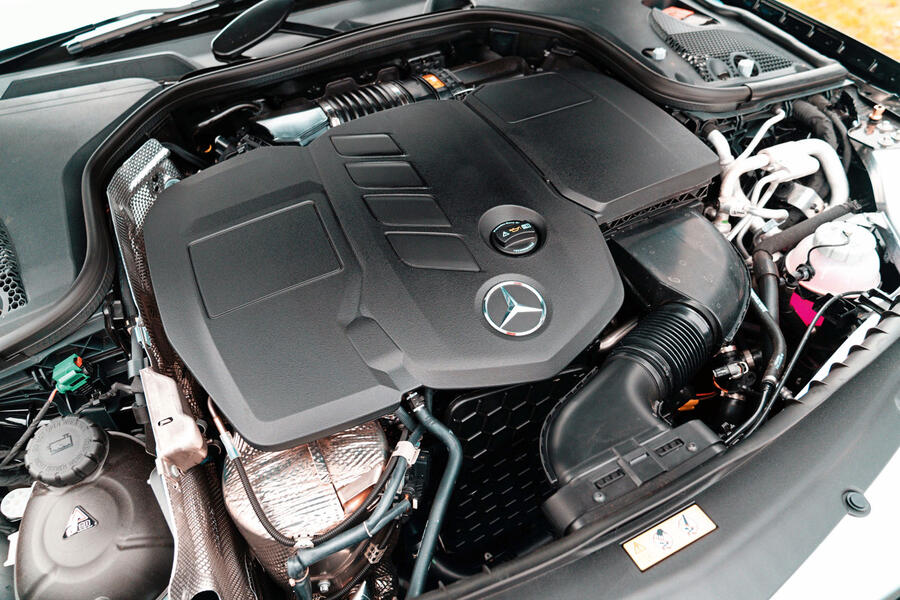
But, and for once, I actually managed to have a decent idea. Thankfully, the flood was long, otherwise I’d never have had time to think of it, but in the event, I had time to hit the E-mode button, which shut the motor down at once. And swamped we duly were. Briefly, I could see nothing through any window other than bits of debris in the brown swirling water.
I don’t know if the engine would have survived if I’d left it turning. What I do know is that, powered by electricity alone, we sailed through and emerged the other side entirely unscathed.
It was, I must say, a benefit of hybrid drive I’d never considered before, but right there and then, it was easily the car’s best asset and one I’ve been grateful for ever since. Where we’d have been without it is anyone’s guess, but mine is up the creek, and without a paddle.
Love it:
Electric to the rescue Electric drive not only means you don’t need to disturb the neighbours in the morning but also that you can wade through floods without drowning the engine.
Loathe it:
Compromised boot The way the battery reduces boot space as well as affecting its shape means large and heavy items have to be stowed at an awkward and inefficient angle.
Mileage: 10,777
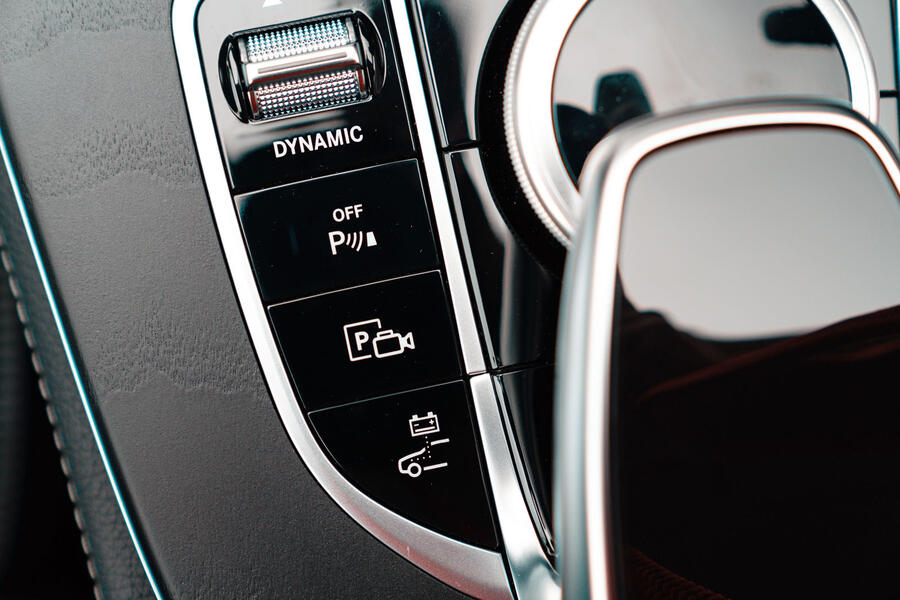
Life with an E-Class Estate: Month 4
There’s plenty of love for it in a cold climate – but at a cost - 19th February 2020
The winter tyres turned up just in time for the first properly cold snap of the season and, round where I live, you really need them – especially if your transport is a two-tonne rear-driver with no limited-slip differential. And the Pirelli Sottozeros are simply superb, just as they were in a somewhat different application on the McLaren 720S I ran before the Benz.
The greatest compliment I can pay them is that for the vast majority of the time you are unaware of their existence. There’s little or no additional pollution of the steering, and an at most fractional degradation in ride comfort, but only on certain surfaces with small very high-frequency bumps. They are a touch noisier, but you only notice that because the rest of the car is so damn quiet when driving in electric mode, which I do as much as possible.
Talking of which, the cold weather is having an interesting effect on the car’s electric range. What I love is that I can go out to a car that is frozen solid, turn on the heating, defrosters and seat warmers and within minutes have a beautifully toasty, de-iced car without having to feel guilty about starting the engine and leaving it running, or freezing my fingers with the scraper. And the screens clear far more quickly than they would were you just using an internal combustion engine.
But doing that and then keeping the interior warm does take its toll on the electric range. Usually, I can get 24-25 miles from it, mostly covered on fast A-roads. But in this weather, if I preheat the car, I can do about 17 miles before my tranquillity is rudely interrupted by the angry outpourings of the stone-cold diesel. It is possible the additional rolling resistance of the winter rubber is playing a part here but, until I do some longer journeys, it’s impossible to tell.
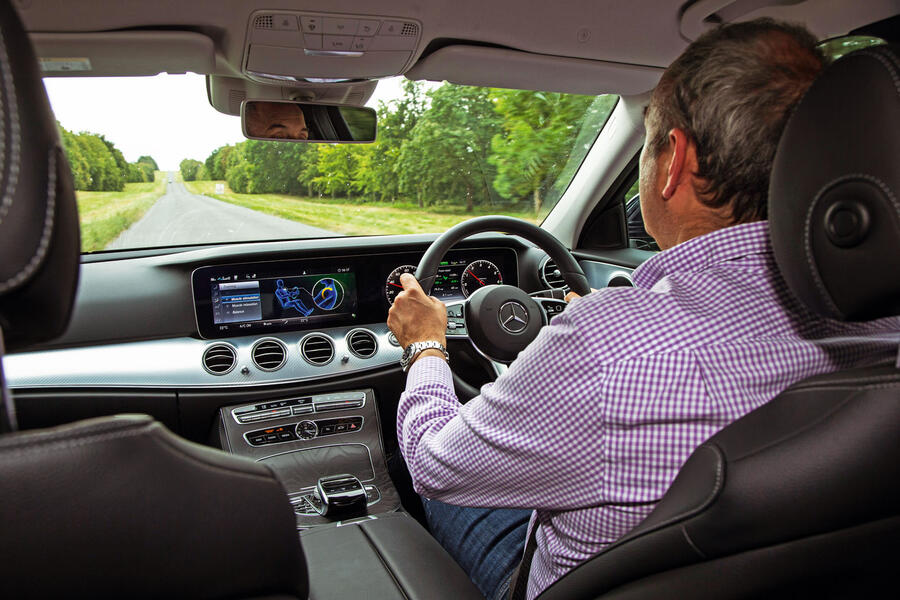
And longer journeys it will do. I’m off to Durham in it shortly to visit a daughter, and a colleague is taking it to Paris, and although I appreciate the silence on short trips, it’s when it is allowed to stretch its legs that the 300de performs at its best. I particularly like how configurable the main instrument pack is and how it lets you choose the way information is presented according to your mood.
I almost always end up with ‘Classic’ dials because I’m a middle-aged man driving a Mercedes estate, but I quite like the look of ‘Progressive’, too. ‘Sport’, however, does not work, at least not in this car…
Otherwise, the Benz continues to perform impeccably the beast-of-burden role to which it was born. There are drawbacks to its unique diesel-hybrid powertrain and, given the way the world is now turning against even plug-ins let alone diesel, I suspect that, as a concept, it will not now be broadly followed by others. But I shall extemporise further on that and more fully about my time with the car in its final report in a few weeks’ time.
Love it:
Winter winner The ability to completely pre-condition the interior of the car and clear the screens with no effort, sound or emissions.
Loathe it:
Thaw loser The effect on range that thawing the car in advance has on a cold day. You can lose a quarter of your electric range before you’ve set off.
Mileage: 10,777
New boots just in time for bad weather - 5th February 2020
The E300de has been given a new set of Pirelli Sottozero winter tyres. Cars like this need winters more than most because, being quite heavy and rear-wheel drive, they’ll be immobilised in snow far more quickly than a light, front-drive hatchback. And without even a limited-slip differential, winters are essential where I live for such a car.
Mileage: 10,250
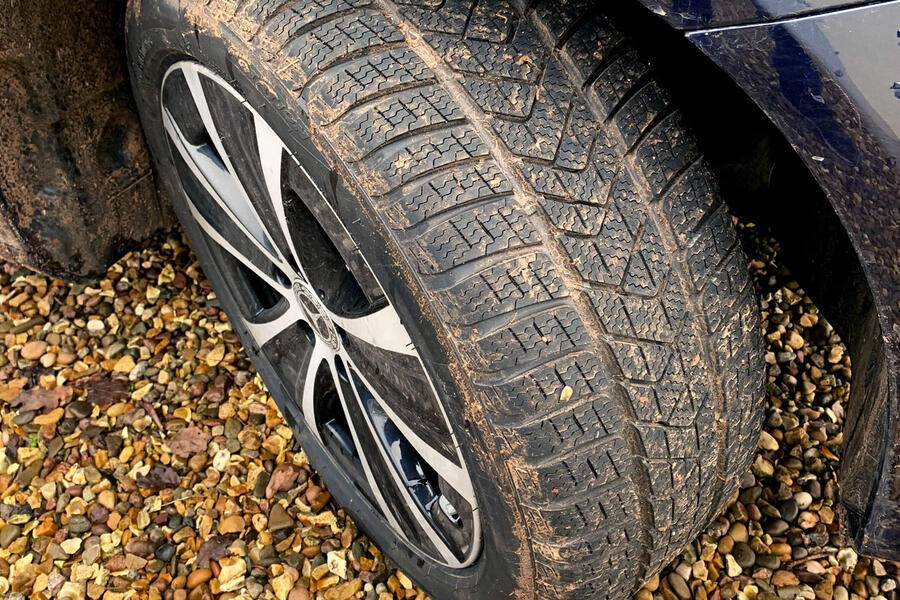
Life with an E-Class Estate: Month 3
Weight and size don’t impede its ability to satisfy its driver - 22nd January 2020
I want this week to talk about handling, which might seem an odd topic of conversation when the subject is a two-tonne estate car, but I beg to differ. The heavier a car becomes, the harder it is to make it handle well, and therefore the more important it is that such efforts are made.
And by ‘handle’, I don’t mean a car’s ability to go sideways and lay rubber across three different postcodes, or at least that’s not what I mean today, but rather the perhaps more important ability to always feel pleasant to drive. In this regard, the 300de does better than you might expect from a car of its size, configuration and mass.
Then again, Benz has almost always taken pride in the way its big cars steer. I remember – and we’re probably going back 27 years now – editor-in-chief Steve Cropley had a long-term W140-series S500 SE in which I spent a glorious few days roaming around the south of France, and half my lifetime later, it’s not the ride or refinement I remember but how improbably good it was to drive. You’d just use the three-pointed star on its bonnet as a gunsight, aim the nose into the corner and the old girl would heel over but never deflect so much as a degree from your chosen line.
I’d not say that in this modern era and relative to its rivals, the 300de is that good, but most of the time it does an excellent job of masking its mass, which, you may recall, is a thumping 265kg more than it would be without its hybrid motor, batteries and ancillary equipment. What matters most is that the steering remains uncorrupted. It’s perfectly weighted and pleasingly linear and it retains its accuracy.
And the chassis is happy to play along, at least up until a fairly well-defined point. The damping exercises decent control over vertical body movements and seems fairly oblivious to changes of surface and camber. Of course, it’s not that difficult to upset it, particularly if you’re carrying a full load, but who’d go driving fast in such a car with a boot load of clobber and your wife and children on board? Not me, for sure. I’m not nearly brave enough.
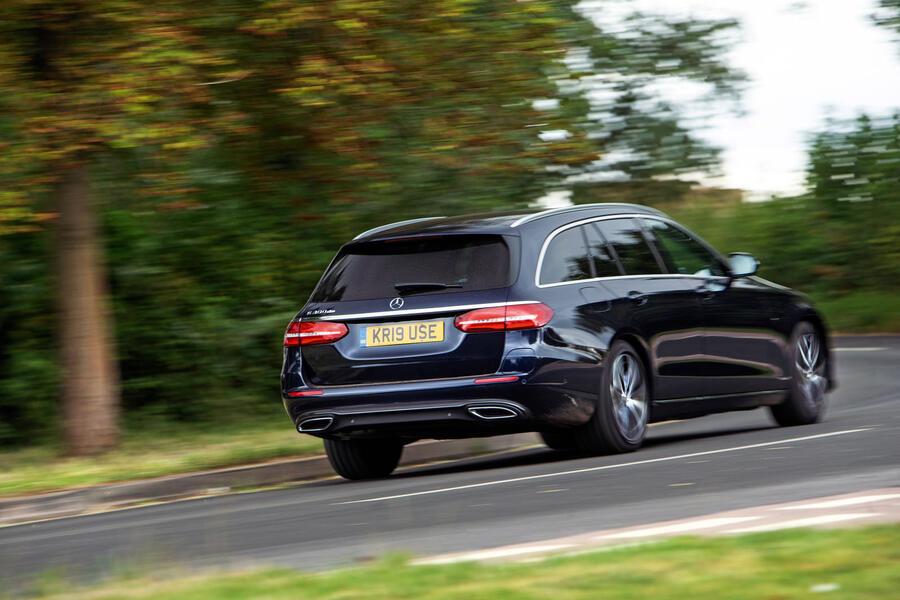
Instead, I choose to savour that other chassis characteristic: its superlative ride. ‘My’ 300de has air springs at the back only (which are standard) and not at the front (optional) so I’m denied the full magic carpet, but I’d still back the Benz to outride any other similarly equipped rival. And I spend far more of my time appreciating that than finding out how fast it can tackle any given corner.
The next time I report, I’ll probably have to qualify all of the above because, as I write, I am told its winter rubber has arrived. Where I live in the Welsh borders, we’ve barely had a winter at all so far, so I’m hoping it will turn up before the car goes back to Mercedes at the end of March. I suspect that with the car’s long wheelbase, huge torque, rear drive and some chunky tyres, I might on a light covering of snow even find an inner hooligan lurking within those smart but sedate lines. Here’s hoping, anyway.
Love it:
Driver focus I love that it matters to MercedesBenz that even a diesel hybrid estate remains a fundamentally engaging car to drive.
Loathe it:
Vocal interjection The uncouth voice of stone-cold diesel engine when it cuts in after 20 miles of electric-only driving.
Mileage: 10,222
A toasty behind should be my choice - 8th January 2019
The best bum warmers I’ve encountered were in a Bentley Continental GTC. Those in the Benz are pretty good but sometimes stop working after a while. I’ve had this on other Mercs too. It’s almost like they decide to shut down to prevent excessive irradiation of the nether regions. If so, I think that should be my choice, not theirs.
Mileage: 9651
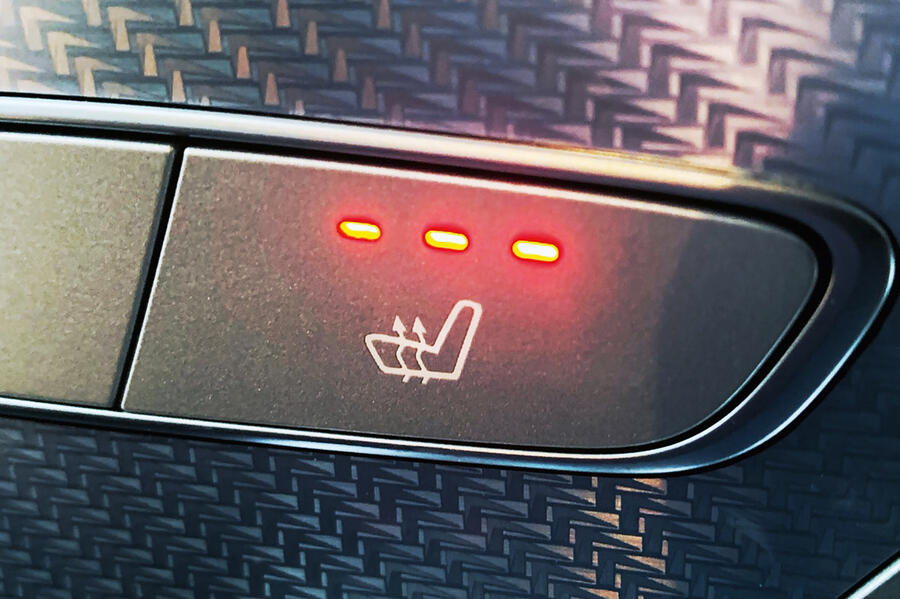
Long-distance classic at Spa calls for a long-distance specialist - 24th December 2019
Last time I wrote about the 300de, I promised the next report would be about anything other than the hybrid system. Which is going to be really difficult because, for reasons both good and bad, it affects everything from handling and ride through to performance and economy. And purchase price, running costs and practicality. But a promise is a promise, and so long as you don’t conclude that me explaining why I am not going to write about the hybrid system is in fact just a slightly cute way of writing about the hybrid system, it’s a promise I’m going to keep. I hope.
So here goes. The miles are piling onto the 300de, largely because it seems perfectly suited to both types of journey that characterise my life on the road. There’s the 20-mile school run round trip for one daughter, for which it’s perfectly suited because it can do it all very cheaply and in complete silence for reasons I’m not allowed to talk about. And then there’s the 500-mile return trip to Durham, where the other daughter is at university.
Or the 1000-mile round trip to Spa-Francorchamps, where, as regulars may recall, a few family members (actual and honorary) and I try to coax an old Ford Falcon into surviving the Spa Six Hours, far and away the best and best-known long-distance classic race of them all. We also always go to the little Friterie in the middle of the Masta kink on the old circuit, possibly the most terrifying corner in all motorsport.
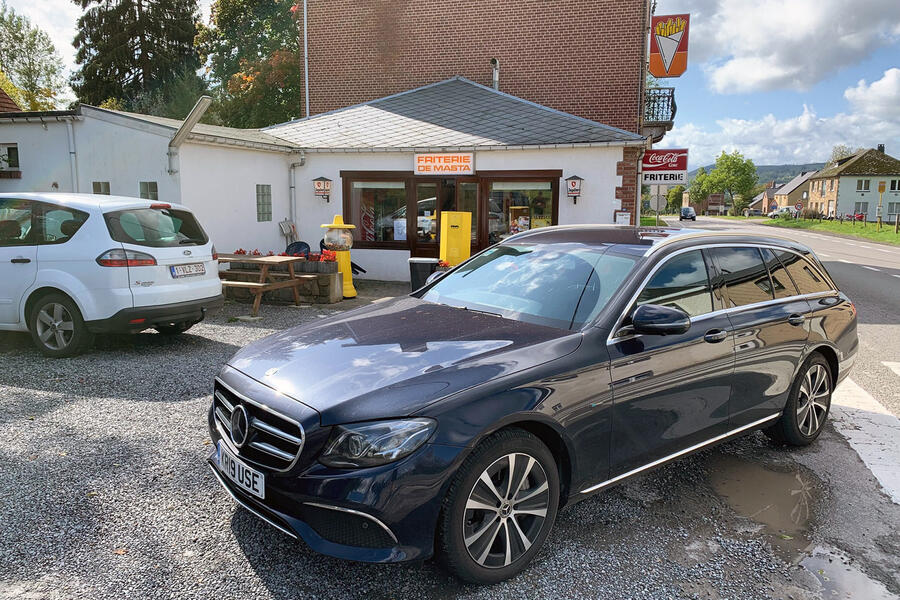
We almost always fail to finish the race and usually do so in spectacular style. I crashed it one year, had a wheel fall off in another, grenaded an engine in a third and so on and on. A couple of years ago, Chris Harris brought it in with the back of the car impressively ablaze. But this was perhaps our most disappointing year: with just 20 minutes of the six hours remaining, and the old bus going better and running higher up the field than ever before, a wire came off the back of the alternator, forcing the car to coast to a gentle halt somewhere out on the circuit. We always say that if you’re going to retire from a race, at least do it with a little chutzpah by exploding or something, but if ever there was going out with a whimper rather than a roar, this was it.
So it was with a sense of overwhelming anticlimax and perhaps with the smallest of hangovers that the next day I loaded up the Benz and headed for home.
And on such journeys, it is outstanding. The air-sprung ride is terrific, the refinement beyond serious criticism and the seats among the best in the business. But it’s not perfect. Why, for instance, do you have to turn off the navigation prompts after every stop, however short? Why can’t it just accept I hate being talked at by a computer? And why do the seat heaters turn themselves down after a while? Also, I think I’d spend some money getting a better sound system, the existing stereo being the absolute definition of ‘adequate’.
Other than that, all is well. I’d like to tell you how cold weather affects the electric range, but that would be talking about the hybrid system, so it will have to wait until next time.
Love it:
Long-haul comfort The effortless ease with which it’ll transport you great distances and the splendid seats which ensure you remain pain-free throughout.
Loathe it:
It keeps piping up Having to silence the voice guidance after every stop, even if it’s just to refuel. Rivals can be set to permanently off. Why not this one?

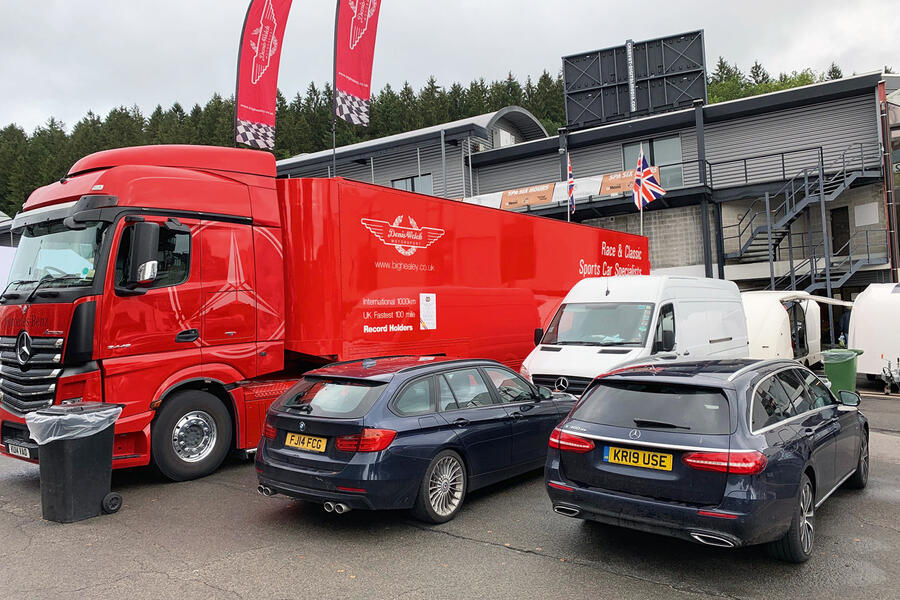
Mileage: 7889
Life with an E-Class Estate: Month 2
Long-distance touring a speciality - 27th November 2019
There are many cars that could have done the five-hour journey home from Britain’s Best Driver’s Car 2019 as well as the Benz but, I expect, very few that would have been significantly better. After all that insanity, when you climb aboard it’s as if you can feel your blood pressure subsiding. And cars that can do that are both rare and special.
Mileage: 7117
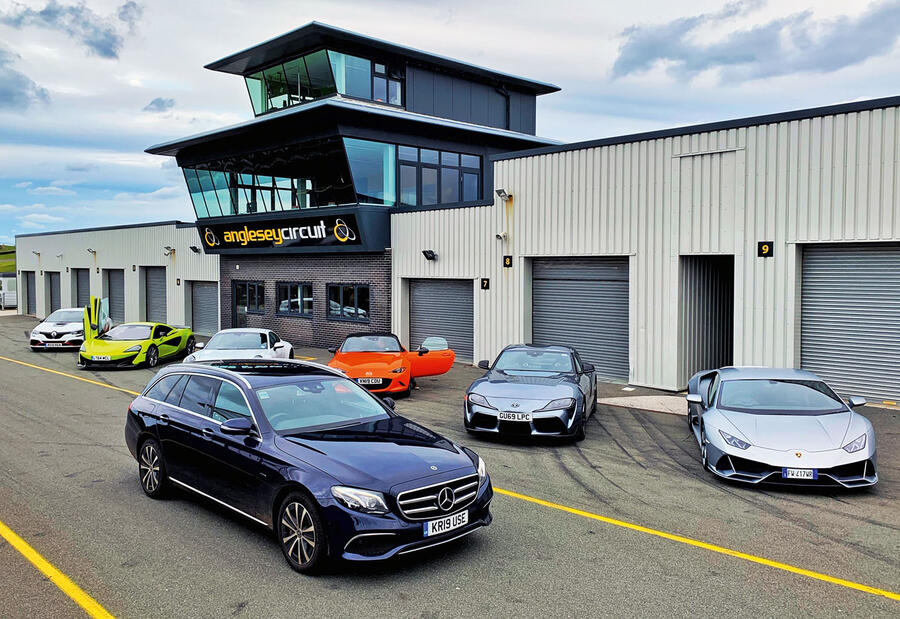
Our diesel-electric estate is currently one of a kind, with great powers of recuperation - 20th November 2019
Thanks to this car’s claim to fame – being fitted with the only diesel-hybrid powertrain on sale at the moment – it’s far too easy to spend all your time thinking about the strengths and weakness of the system and not enough focusing on the car beneath. But there is so much to talk about, so I hope I’ll be forgiven for making more observations about its daily operation.
First, I have now sorted out home charging and persuaded my phone to talk to the charger – and any public Pod Point charger I might use in future – so I now know exactly what my electricity is costing me. And on my domestic tariff, 10kWh of energy costs around £1.55. Where I live, there are little or no urban miles to do but that charge will still take me around 24 miles on rural roads at sensible speeds, which would require around half a gallon of diesel on the same road at the same speed, which would cost around £2.95 if I bought it locally.
This means my domestic electricity supply nearly halves the fuel costs on short journeys, but you’d have to make a hell of a lot of short journeys to make up the £5000 extra Mercedes-Benz charges for the hybrid system. Then again, there are tax breaks for hybrids to consider, not to mention a very welcome additional slug of performance. Let’s not forget that this 2140kg estate car will still hit 62mph in 6.0sec, compared with 7.7sec for the same car without the hybrid. So it really is a completely different level of performance.
That’s the macro stuff. I find the micro just as interesting, largely because I’m a geek. I have noticed, for instance, that this car misses no opportunity to claw some ions back through brake regeneration, especially if you run the car in its Eco setting, which I usually do. Obviously, you’d expect this to happen while you’re actually braking, but it’s way, way cleverer than that.
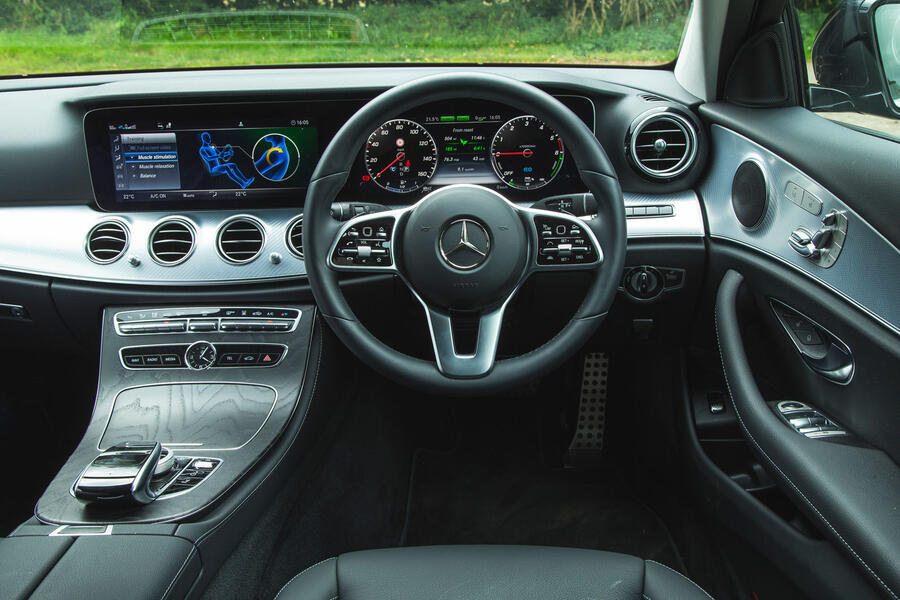
For instance, it always knows where you are, and if it knows there’s a speed limit coming up and you’re off the throttle, it’ll just brake a little more to reduce your speed consistently until you reach the limit, rather than you approaching too fast and having to use the actual brakes rather than the electrics to slow the car. If it sees a tight turn coming up, it’ll slow for that, too, or a junction. You’re aware that it’s always there, chiselling away, recovering every mote of what would otherwise be lost power.
I could find that infuriating, but I don’t, and for two reasons. First, you can stop it whenever you want by changing modes. Second, you only need to coast down one long steep hill and see the projected electric range actually rise to realise this really is free energy it’s finding. So, in fact, the actual saving made by the car is measurable not just in cheap electricity pumped into its battery by my charger but also the free electricity recovered from the road. Which, I guess, is why on a 360-mile journey last week, it still returned over 60mpg despite no more than 25 of them coming from electricity I’d put into the car at home.
But, of course, there’s the not so good stuff. The fact that the battery pack takes up a third of the seat-up boot space is not great, but it’s the huge lump it puts into the loading floor that troubles me more. You lose both space and convenience. And you have to remember that when you drive 25 miles on electricity and then the engine cuts in, the diesel motor is both noisier and thirstier than it can be on account of being stone cold.
That’s it for now. Next time, I’ll try to talk about anything other than the hybrid system. Promise.
Love it:
Energy efficiency The way it is constantly looking to save energy, even when the on-board supply of electricity is entirely depleted.
Loathe it:
space-hogging battery The enormous lump in the boot floor is difficult to negotiate when you have large items of luggage to house.
Mileage: 6221
Life with an E-Class Estate: Month 1
Up and running as intended - 30th October 2019
For those of you who’ve not slept for wondering whether the 300de’s inability to accept the full 7kW capacity of my new Pod Point home charger was the fault of car, charger, installer or me, the answer is none of the above. As suspected, it was the cable. Benz has now supplied the correct cable and it’s blazing away at 7kW. Well, 6.6kW to be precise.
Mileage: 4444
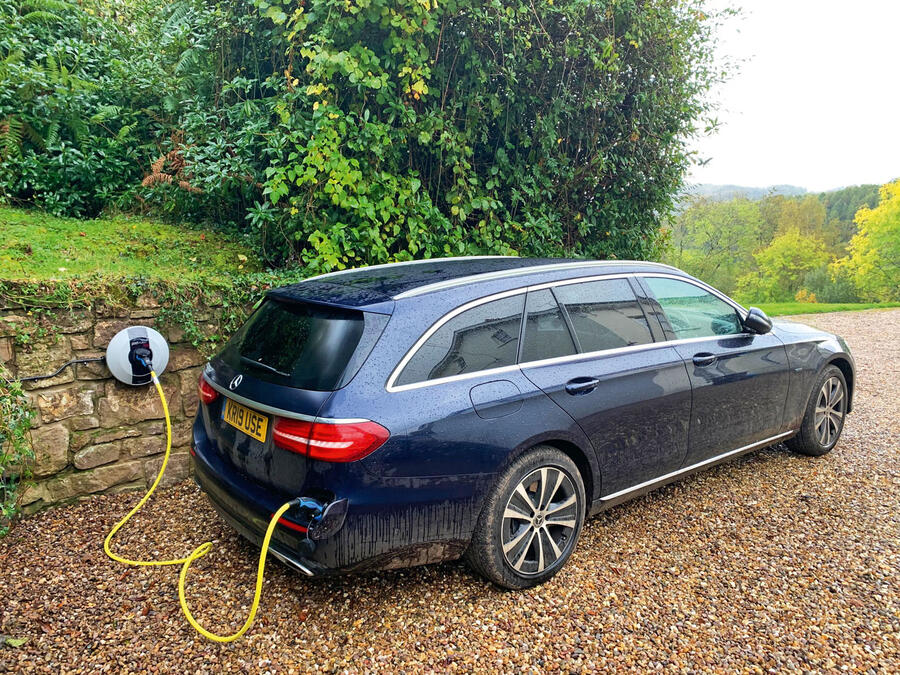
Time to install a charging point at home. Should be easy, right? - 23rd October 2019
It’s a bullet I’ve been meaning to bite for a while now but actually it was another Mercedes-Benz that, if you’ll forgive the appalling melange of metaphors, finally persuaded me to take the plunge. After adding a grand total of 44 miles to the range of an all-electric EQ C overnight, I realised I needed to make the change. And what better excuse to sort it out than having a plug-in on the premises for a few months?
Living in the middle of nowhere, I have off-muddy lane parking, but until now, my charging has come courtesy of a three pin plug by the back door and it is frankly a miracle no one has tripped over the cable and brained themselves on the cobbles. Why are charging cables black – ie as difficult as possible to see at night?
Mercedes-Benz told me BP was its charging partner so I dropped BP a line back in August, and by the time October came around without a reply, I asked a mate who’d just had a dedicated car charger installed at home. His had been done by a company called Pod Point and he could not recommend them more highly. Knowing less than I should about such things, Pod Point’s website informs me that the company has sold and installed “over 40,000 charging points and developed one of the UK’s largest public networks”.
The only delay was caused by me deciding where I wanted the charger to go and then getting an electrician out to drill a hole through the wall of the house from the fuse box, dig a trench across the drive in which to sink the cable, and then route it underground around an old stone wall to where I wanted the point to be sited. Someone contracted by Pod Point then came out, and within a couple of hours, my dedicated charging station was installed.
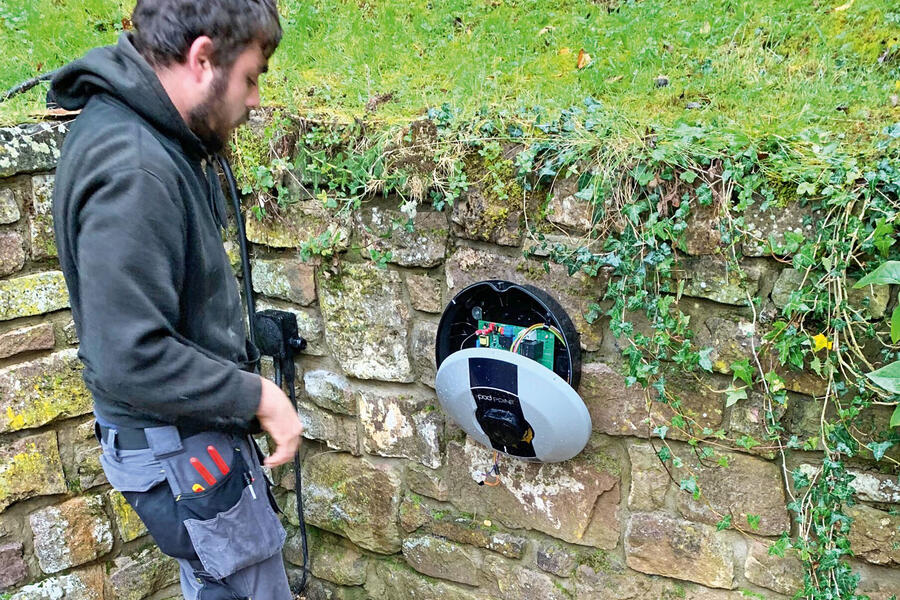
Pod Point does two types of charger: one with a universal socket, enabling any car to be charged, and one with a fractionally more convenient but less versatile permanent cable. In any event, you’ll pay £779 for one that charges at 3.6kW (which isn’t that much better than a three-pin plug) and £859 for one that charges almost twice as fast, at 7kW. In both cases, so long as both you and the car are eligible for the OLEV grant (which the 300de is), the price comes down by £500 and Pod Point will apply for the grant on your behalf.
So far so good? Well, very nearly. I can’t fault Pod Point or the ease and speed with which the installation process took place. The only problem is that it’s charging at only 3.6kW, which almost but not entirely defeats the object. Pod Point has been back and triple checked its records and is adamant it installed a 7kW charger. One thought was that some plug-in hybrids won’t accept a charge greater than 3.6kW, but the Benz is not among them.
My bet (and that of Pod Point and Mercedes) is that the car has been inadvertently supplied with the wrong cable. By the time of my next report, it will have been swapped, I hope to be charging at 7kW and I should have my head around the Pod Point app, which, among other things, should tell me how much each charge has cost.
Love it:
Electric-only travel Just how quiet and comfortable it is when cruising in electric only, and the decent available performance, too.
Loathe it:
UK’s charging points Just starting to get my head around just how hopeless is the UK’s charging infrastructure. Thank heavens, I don’t need it.
Mileage: 3884
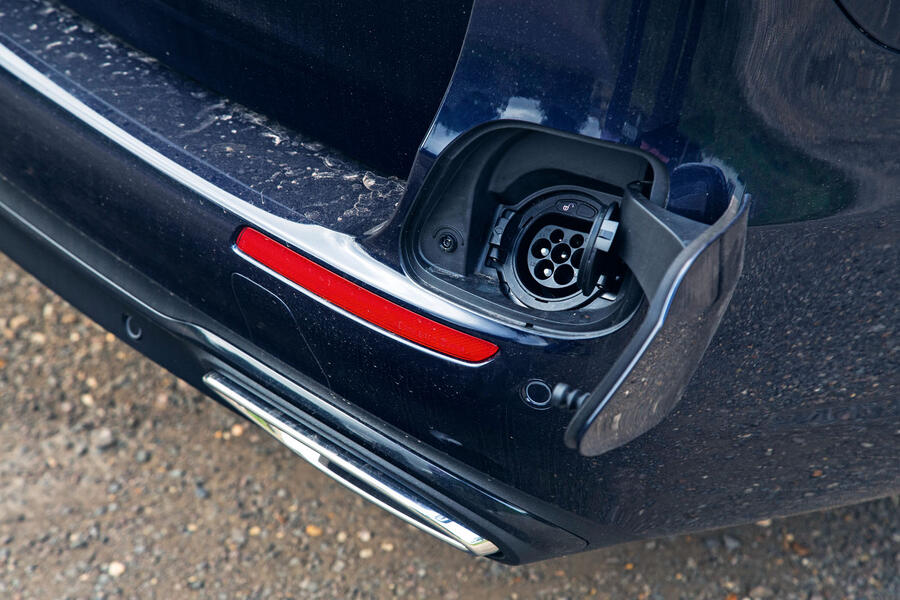
Welcoming the E-Class Estate to the fleet - 9th October 2019
If there is something I regard as most extraordinary about this Mercedes-Benz E300de, it is that it and its C-Class sister are, at the time of writing, the only cars of their kind on sale. What makes the E300de unique is of the fact that not only is it powered by a diesel engine, but also an electric hybrid drive. All other plug-in hybrid electric vehicles use petrol for their internal combustion engines.
This proposition really would seem to offer the best of both worlds. We know that plug-in hybrids when they are out of town and on the motorway end up carrying a large lump of electric architecture around while it is doing nothing to help the car progress, so you find yourself not only in a heavy vehicle but one that is being powered by petrol. The Mercedes approach means that while you still have to carry that load, at least it is an efficient diesel engine doing the carrying. And when you get to the city limits, which is where people become concerned rightly or wrongly about the particulate emissions of diesel engines, you just switch to electrical power and waft around on a wave of electrons like everybody else with a plug-in.
As theories go, it really does seem pretty flawless – at least until we can figure out a way of providing cars that not only use very little fuel but are also capable of travelling long distances before either refuelling or recharging.
Of course, what works so well on paper rarely translates into practice without a few drawbacks, and quite clearly there are flaws in the plan. Two problems in particular are not difficult to discern: the first is that additional weight I referred to. In this case, Mercedes is asking you to carry around another 265kg of batteries and electric motor.
According to official claims, this makes the car capable of travelling up to 27 miles on electric power alone and at speeds of up to 70mph. But if you are driving on the motorway, there is no way you can expect the 2.0-litre diesel to be as frugal in this car as it would be in another Mercedes-Benz E-Class estate without the hybrid drive, so the car is best for those who will do not only long journeys with diesel power but also many much shorter ones, which it can complete entirely on electric power.
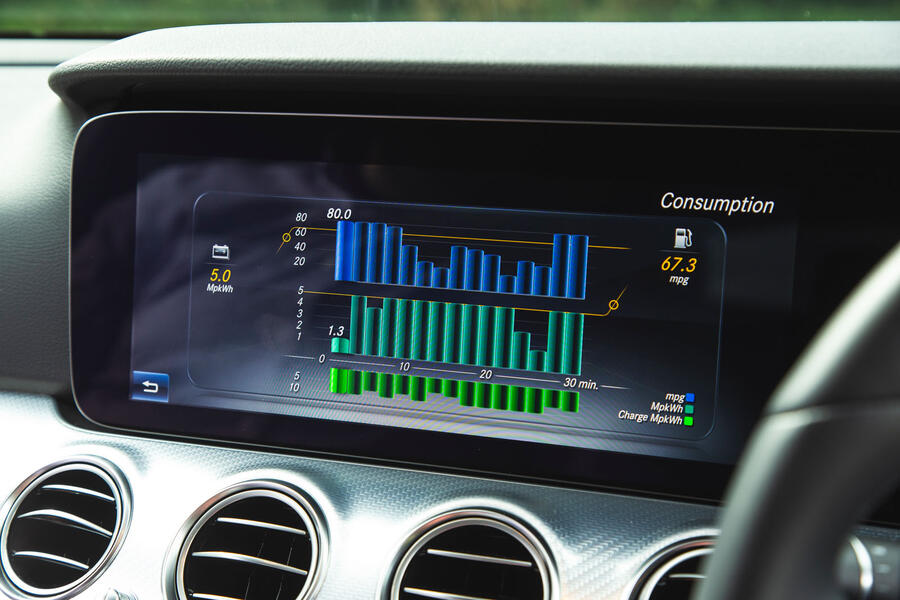
The other issue which might prove particularly troublesome for a car like this with a world-class reputation for its ability to carry luggage is that the battery pack takes up a sizeable chunk of space in the boot. In fact, with the seats up, you lose about a quarter of your carrying capacity. That said, if you really want to carry vast amounts of stuff with the seats down, the load area is still enormous and only about 10% smaller than that found in a conventional E-Class.
Finally, there is the price: the same E-Class without the hybrid drive will cost £5000 less than this one, and you would have to travel a very large number of miles using electric power only to recoup the deficit.
Of course, what such hard facts fail to reveal is that the E-Class when powered only by electricity is a fabulously quiet and comfortable way of going about your business. Compared with Mercedes’ previous diesel, the motor under this bonnet is actually fairly refined, but so quiet is the car in electric mode that it still comes as something of a shock when the conventional engine cuts in.
Moreover, you find yourself trying to drive as frugally as possible to extend the electric range as far as you can. So far I have managed to cover 24 miles on a single charge, which is the most the car has indicated when I have climbed aboard.
The other positive side effect of the hybrid drive is that it turns this four-cylinder diesel estate into an unlikely performer. This is not the kind of car you expect to go burning up the road in but, with the combined efforts of both the electric motor and the internal combustion engine, it is capable of a genuinely surprisingly turn of speed, especially considering its mass.
There is much that will be learned over the months to come but, as a person lucky to have off-street parking and who does many small journeys and many long journeys, if anyone can prove the point of this car, I expect it will be someone like me. The early signs are good and I look forward to each journey, particularly if I think I have a chance of completing it all on electricity alone. I have also become a zealous home charger: if your battery pack is not kept charged, it becomes worse than useless – and in the most literal sense.
I’ve only had to fill the car once so far, which revealed it sipped diesel at 68.8mpg, a figure we calculated based on the fuel I’ve put in, not taken from the trip computer. If it can maintain or improve on that, this Mercedes-Benz E300de will start to make its case on the number of journeys it can complete between filling stations alone.
Second Opinion
Despite diesel’s bad press and falling sales of oil-burners over recent years, Mercedes-Benz’s CEO claims sales of its diesel cars are recovering again. So the E300de could have been launched at the right moment. Aside from the mpg and tax benefits for company cars, the E300de also appeals because, with some charge in the battery, it’s smoother, quieter and kinder to the local environmentin town driving than a standard oilburner. The performance benefits are welcome, too, and it’s noticeably punchier than an E220d.
Lawrence Allan
MERCEDES-BENZ E300de EQ POWER SE ESTATE specification
Prices: List price new £49,700 List price now £49,780 Price as tested £58,115 Dealer value now £42,000 Private value now £40,000 Trade value now £38,000 (part exchange)
Options: Cavansite Blue metallic paint £685, privacy glass £345, Premium equipment package £2395, Driving Assistance Plus package £1695, Comfort package £3295
Fuel consumption and range: Claimed economy 217.3mpg Fuel tank 66 litres Test average 58.8mpg Test best 64.1mpg Test worst 44.3mpg Real-world range 680 miles
Tech highlights: 0-62mph 5.9sec Top speed 155mph Engine 4 cyls in line, 1950cc, diesel, plus electric motor Max power 302bhp at 3500rpm Max torque 516lb ft at 1600rpm Transmission 9-spd dual-clutch automatic Boot capacity 400 litres Wheels 9.0Jx18in Tyres 245/45 R18 (f), 275/40 R18 (r) Kerb weight 2060kg
Service and running costs: Contract hire rate £460 CO2 39g/km Service costs none Other costs none Fuel costs £1168 (diesel) £117 (electricity) Running costs inc fuel £1285 Cost per mile 11 pence Depreciation £18,115 Cost per mile inc dep’n £1.64 Faults none

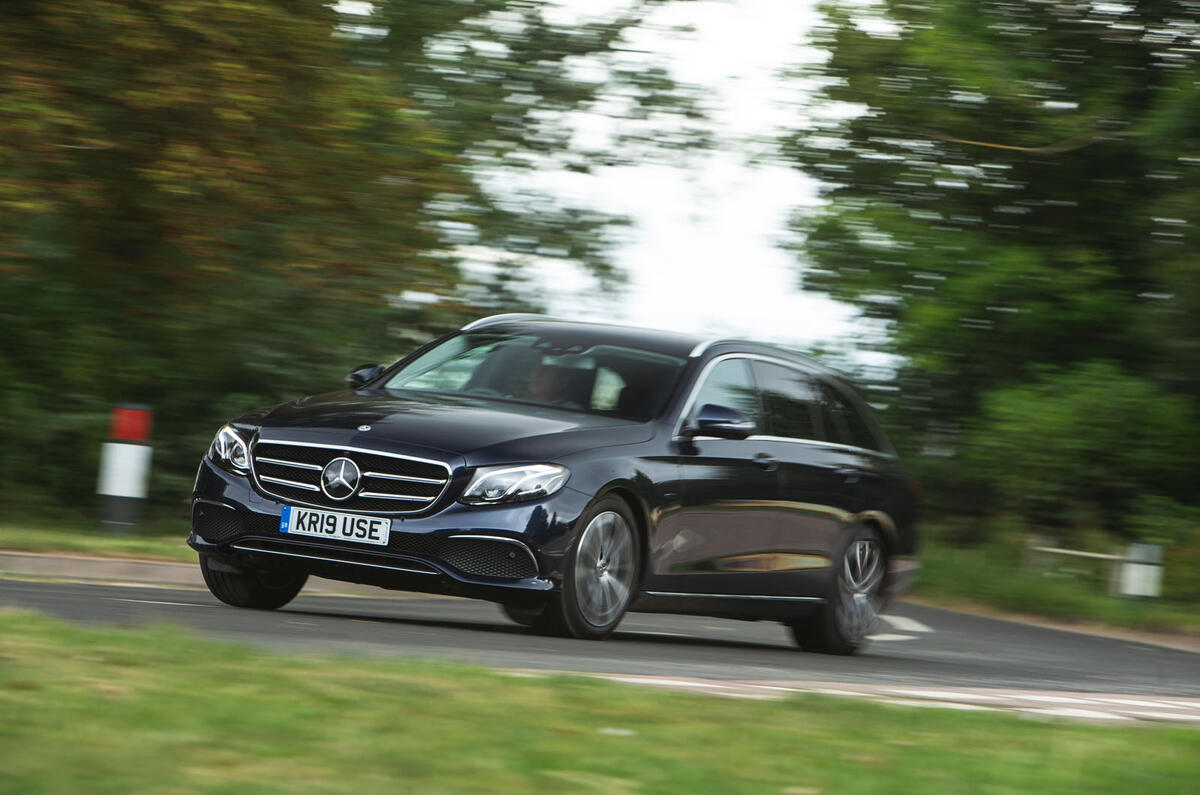

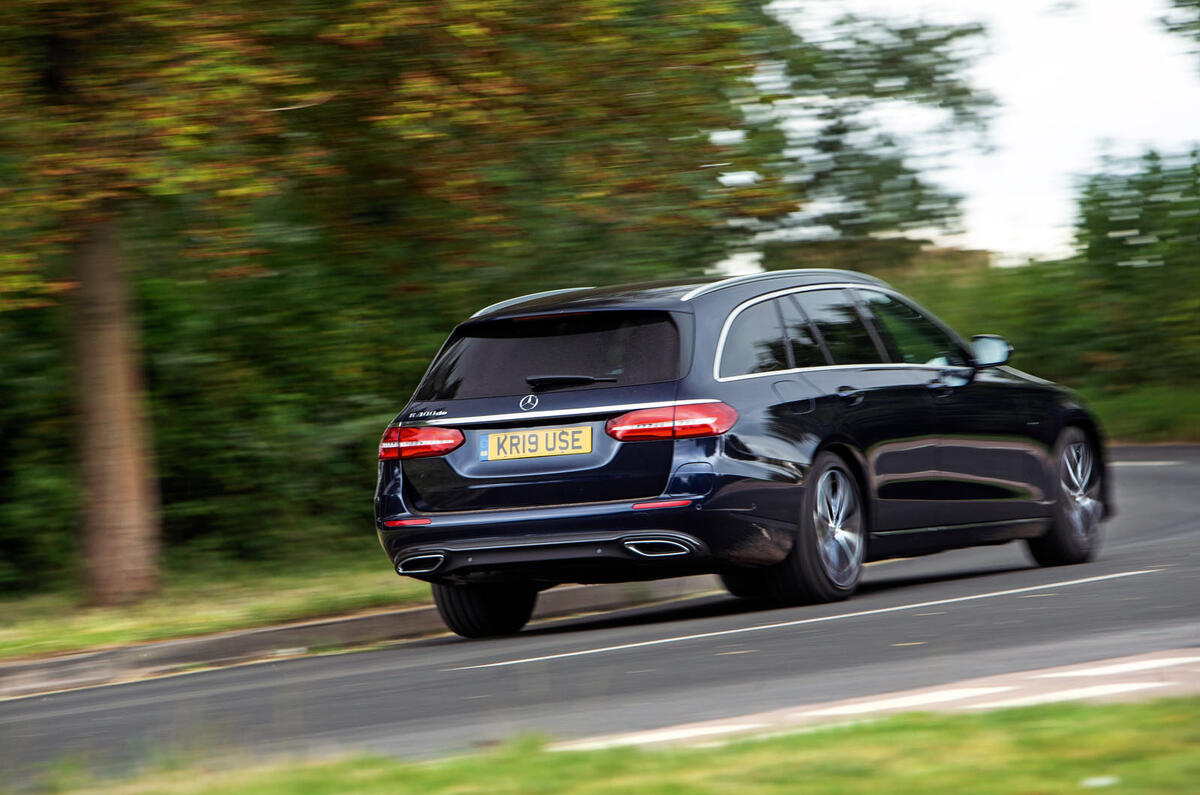
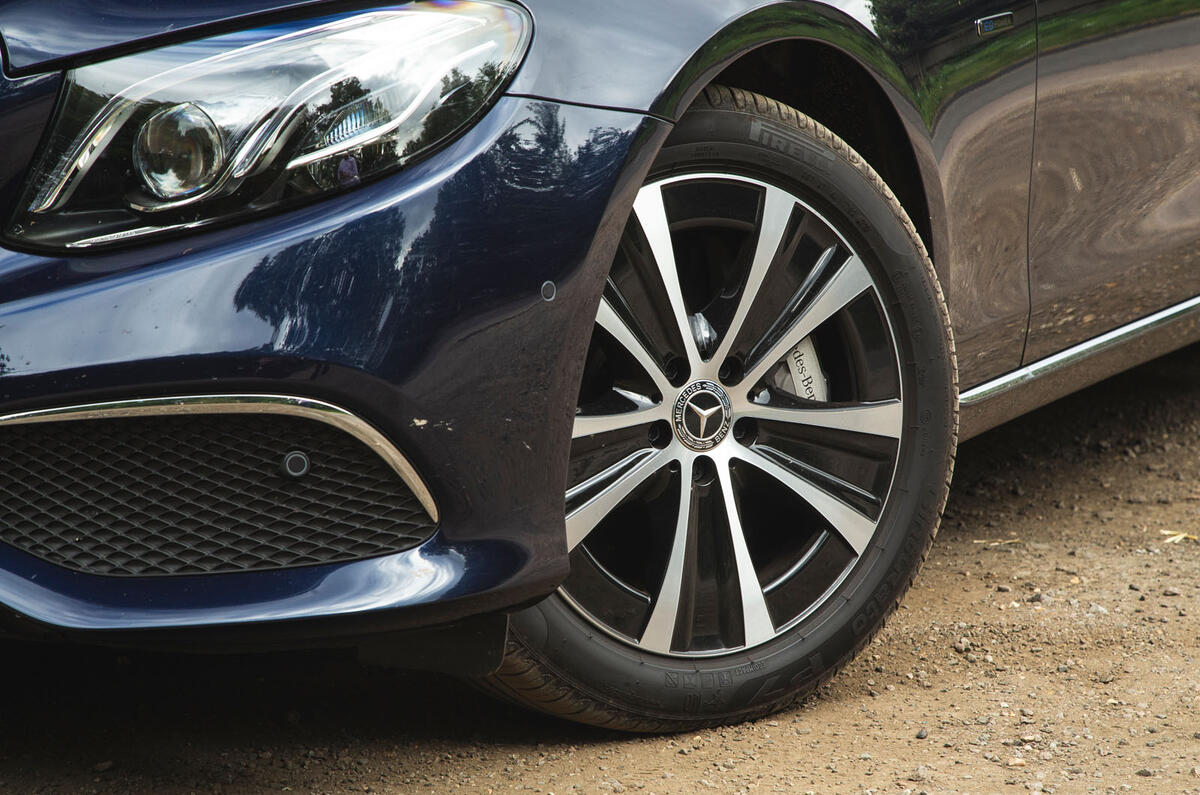

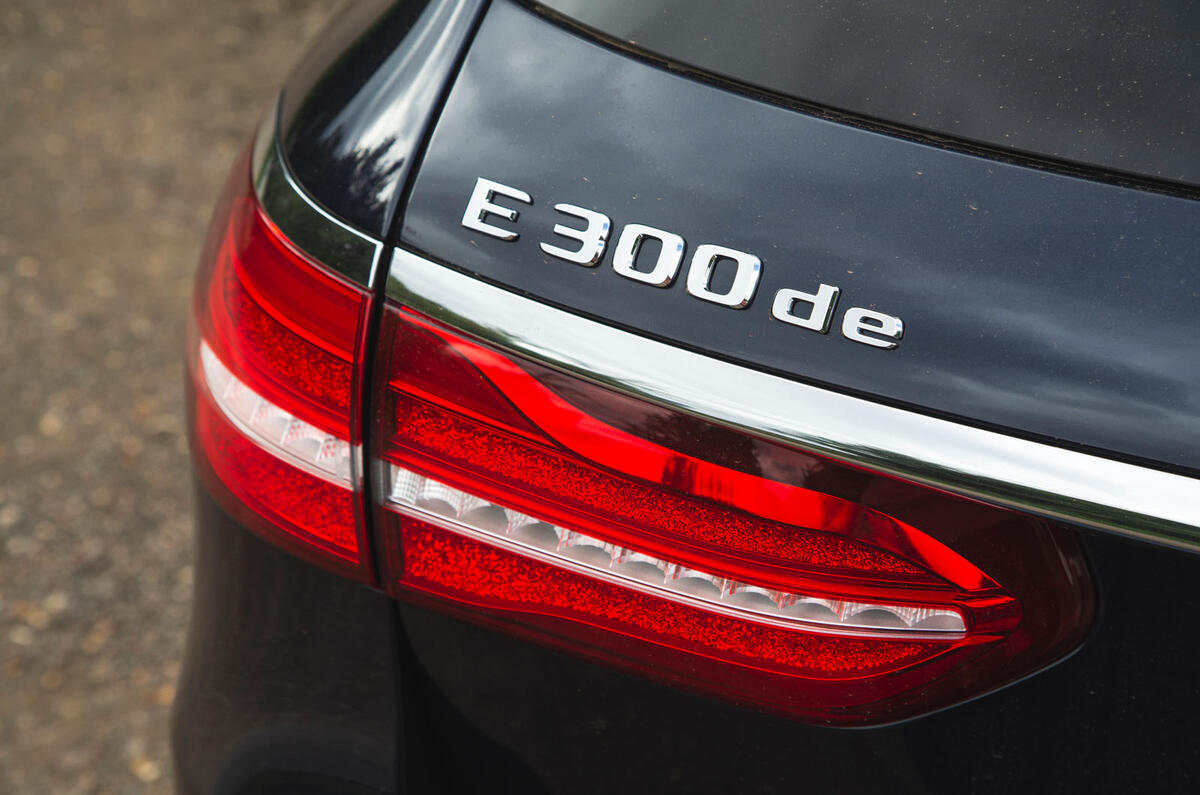

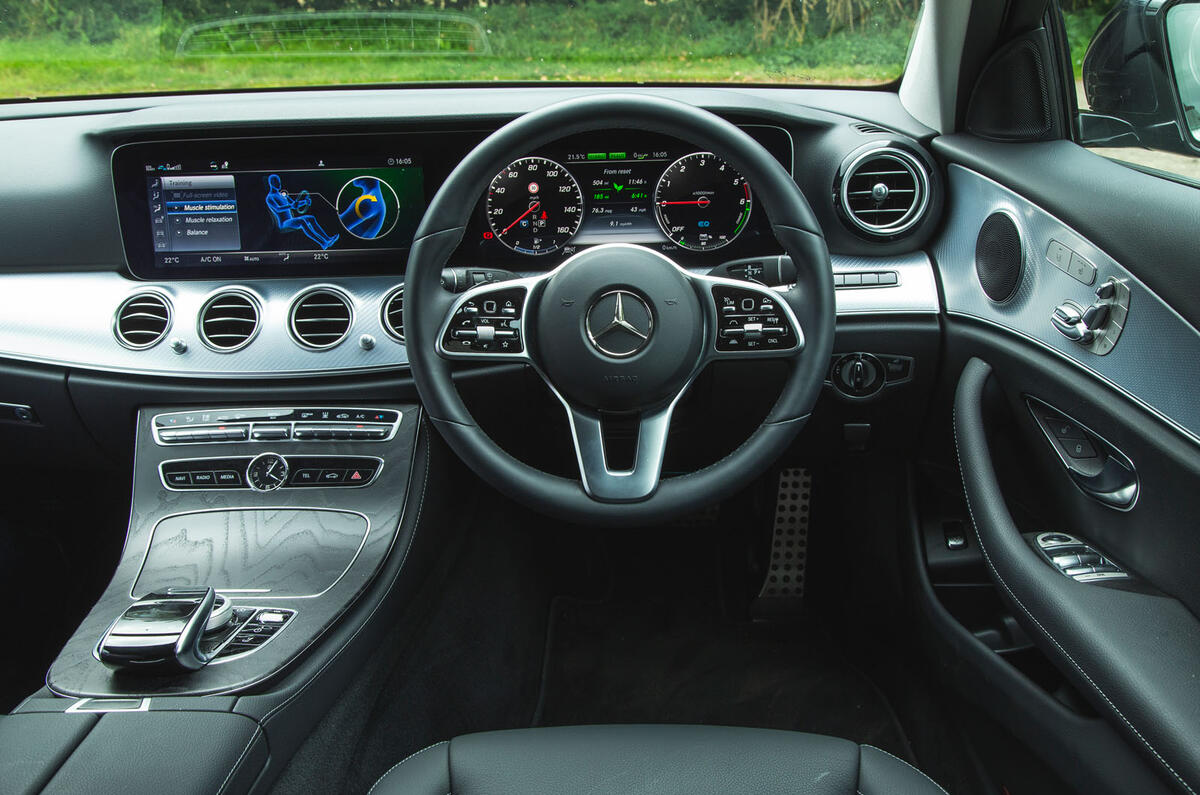

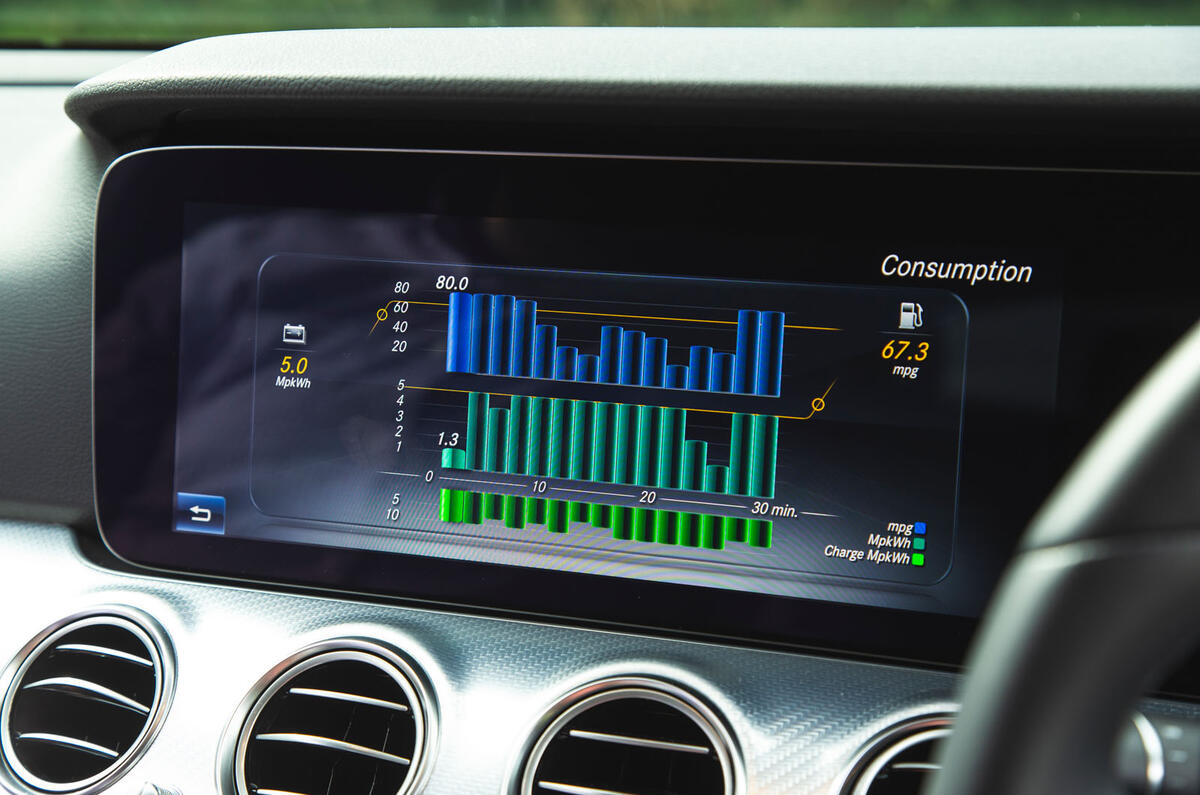

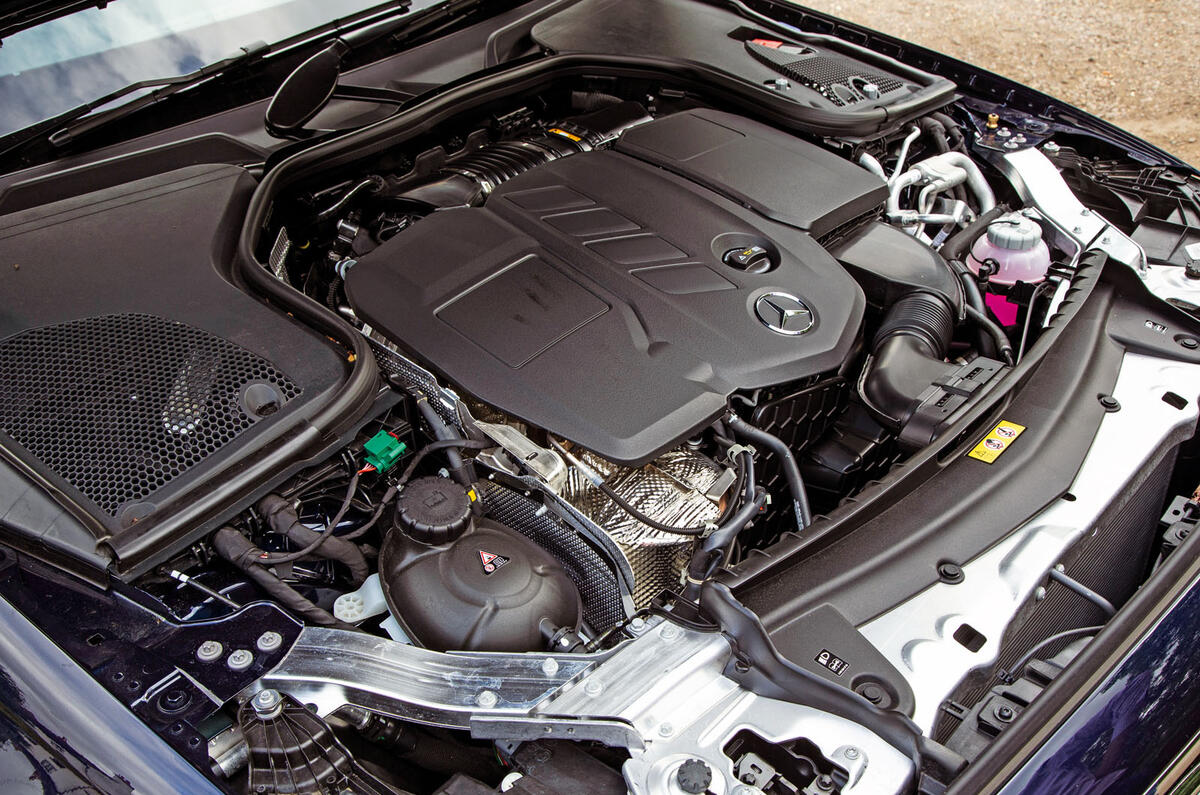

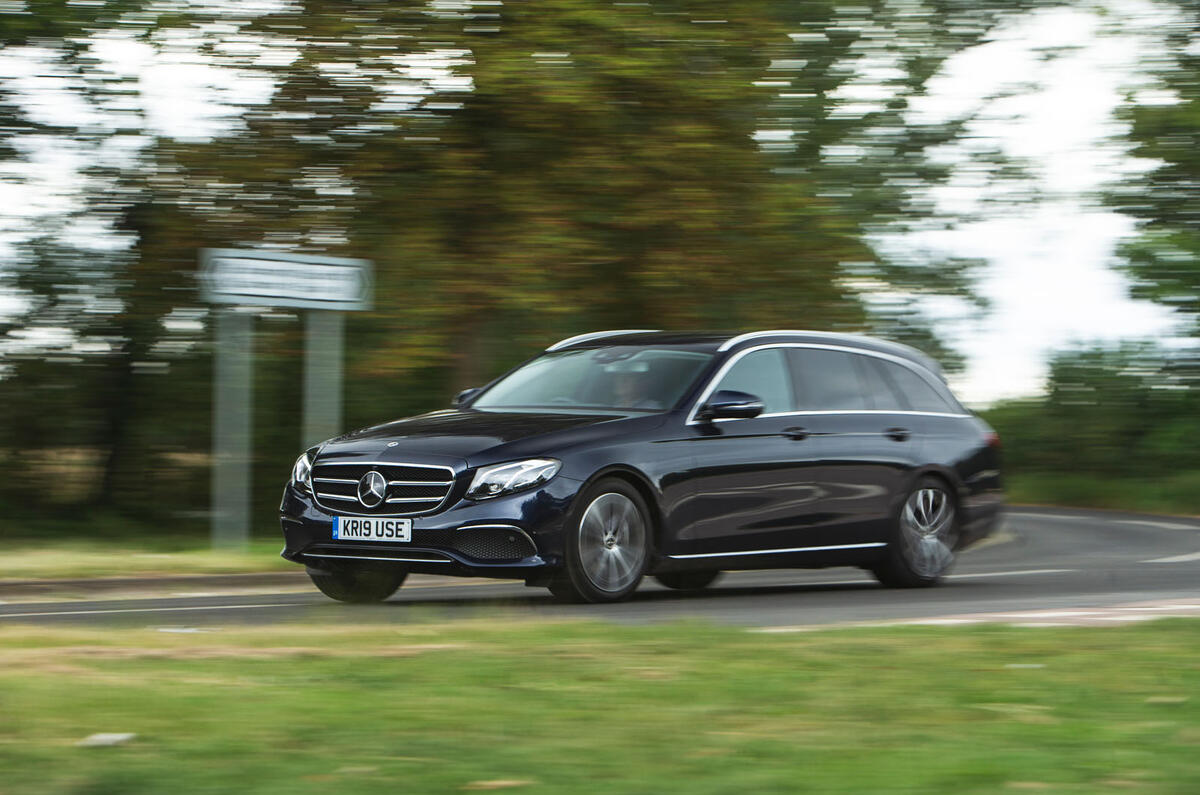

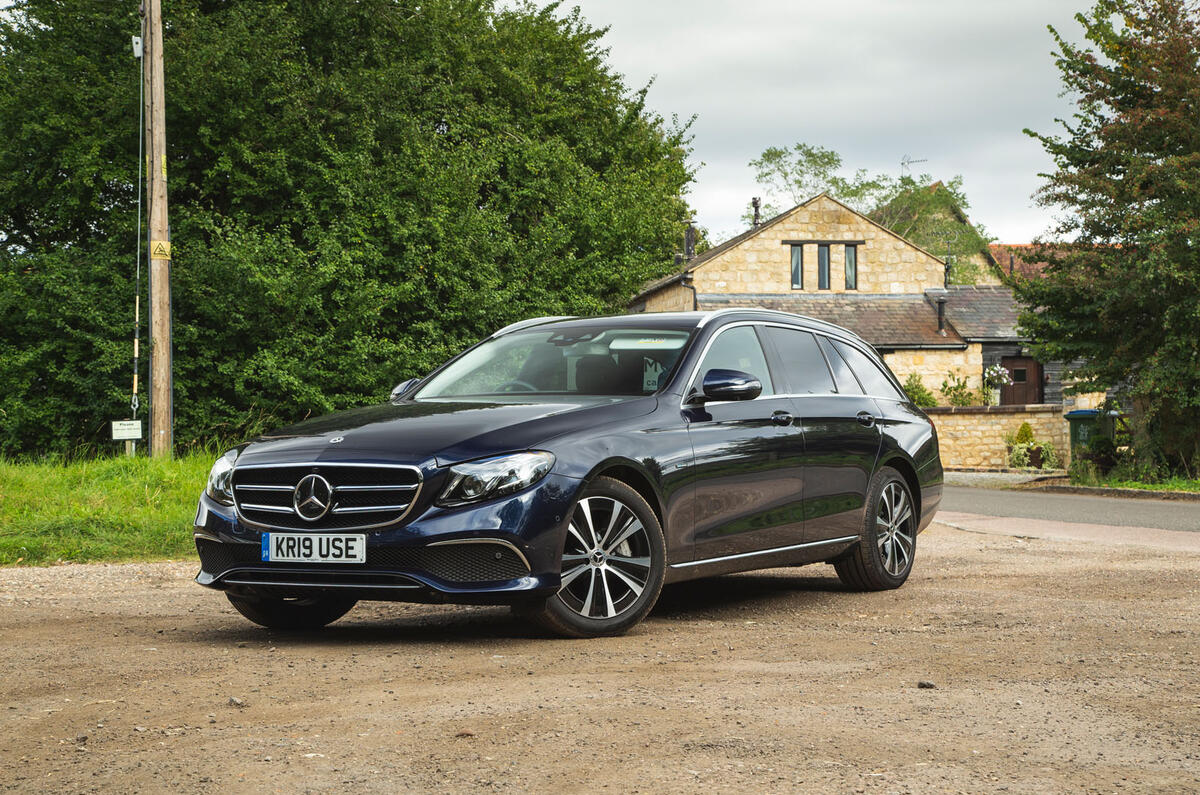
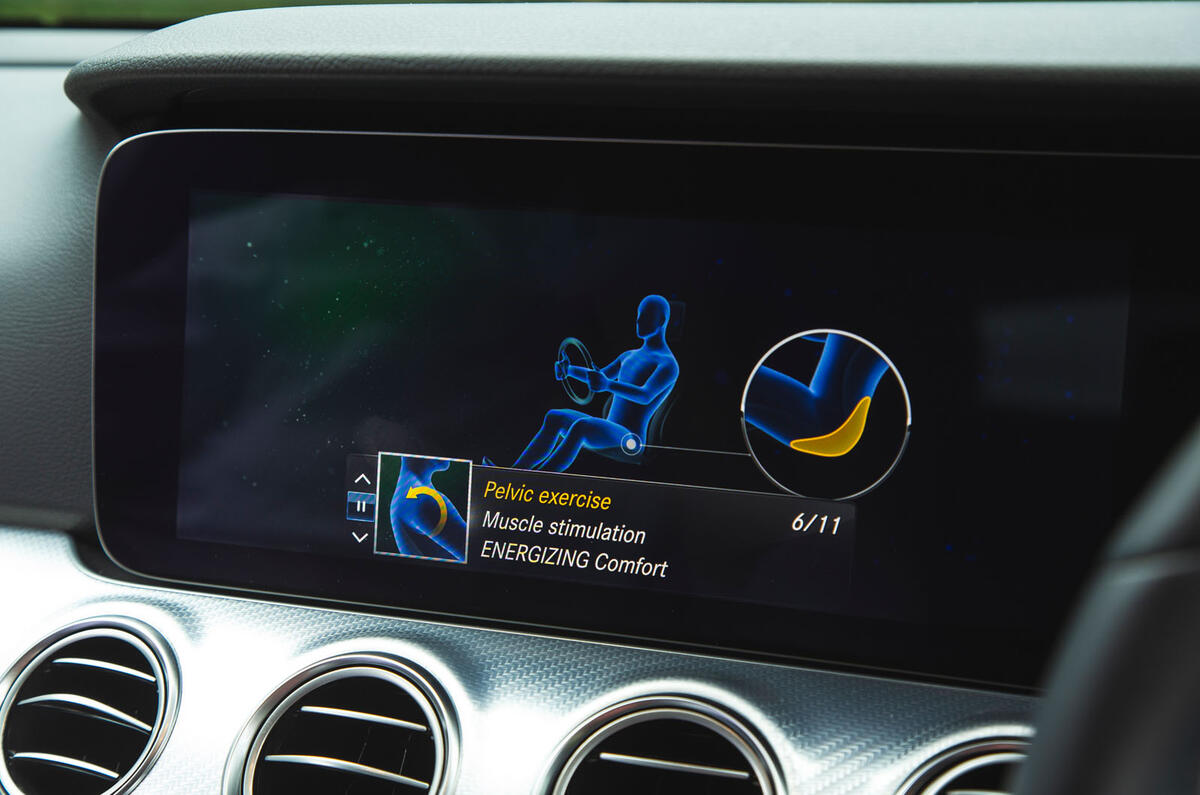
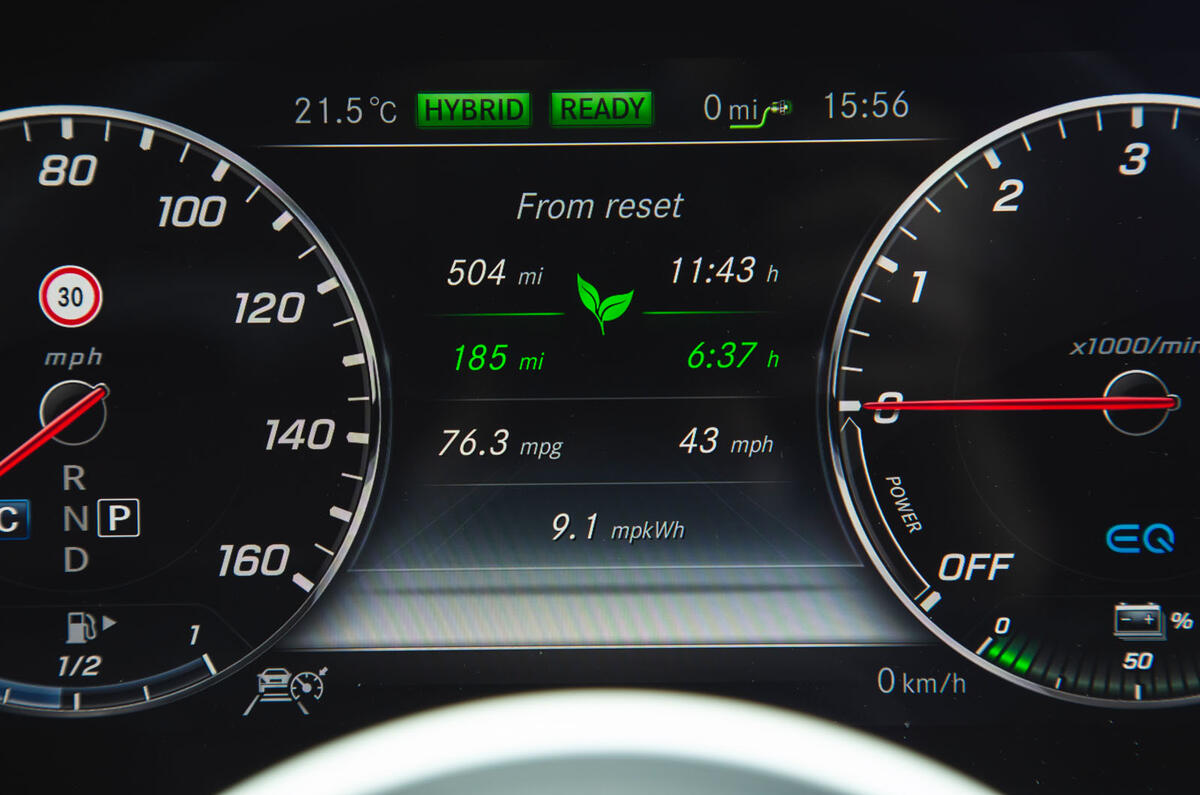
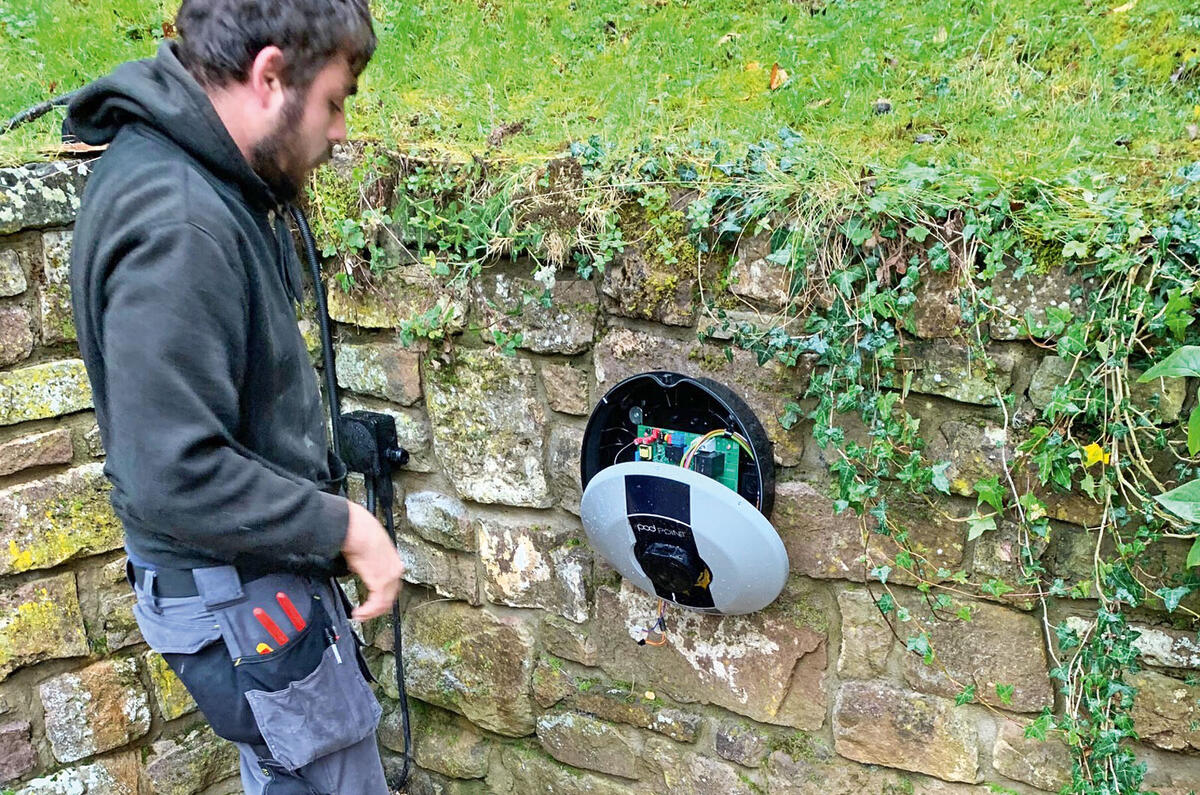
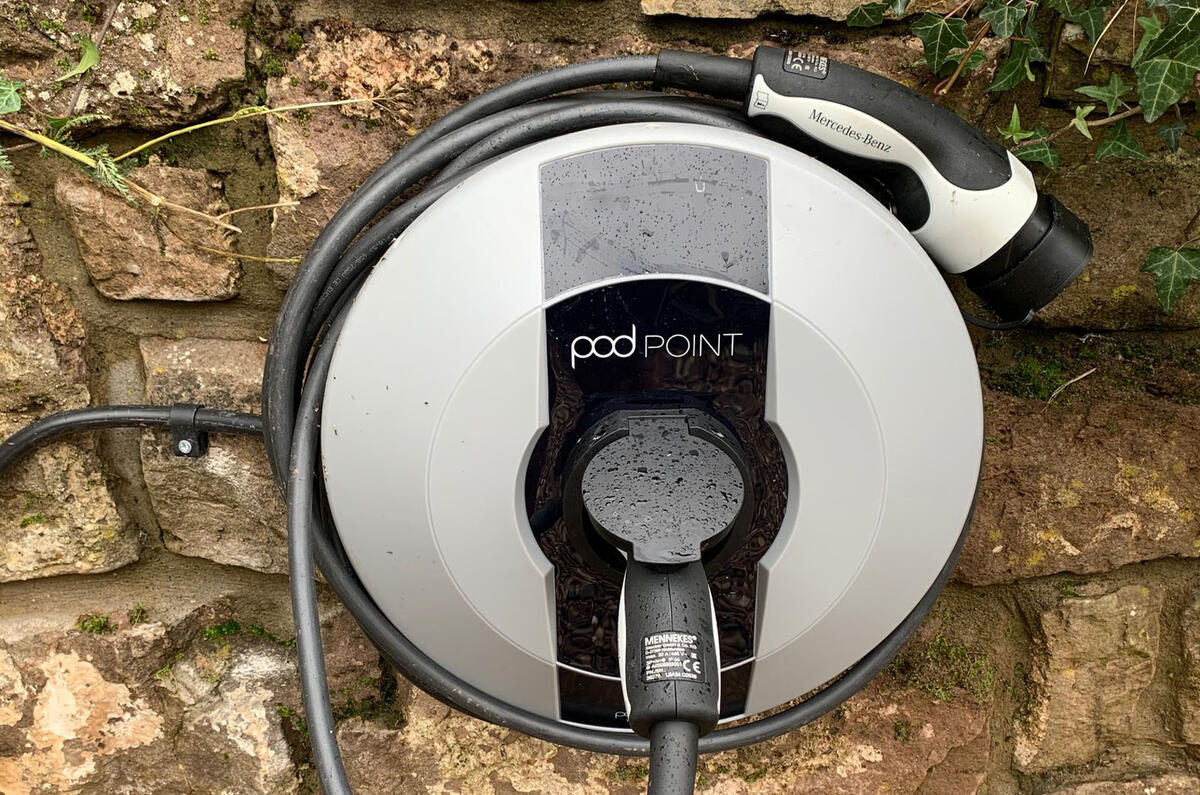
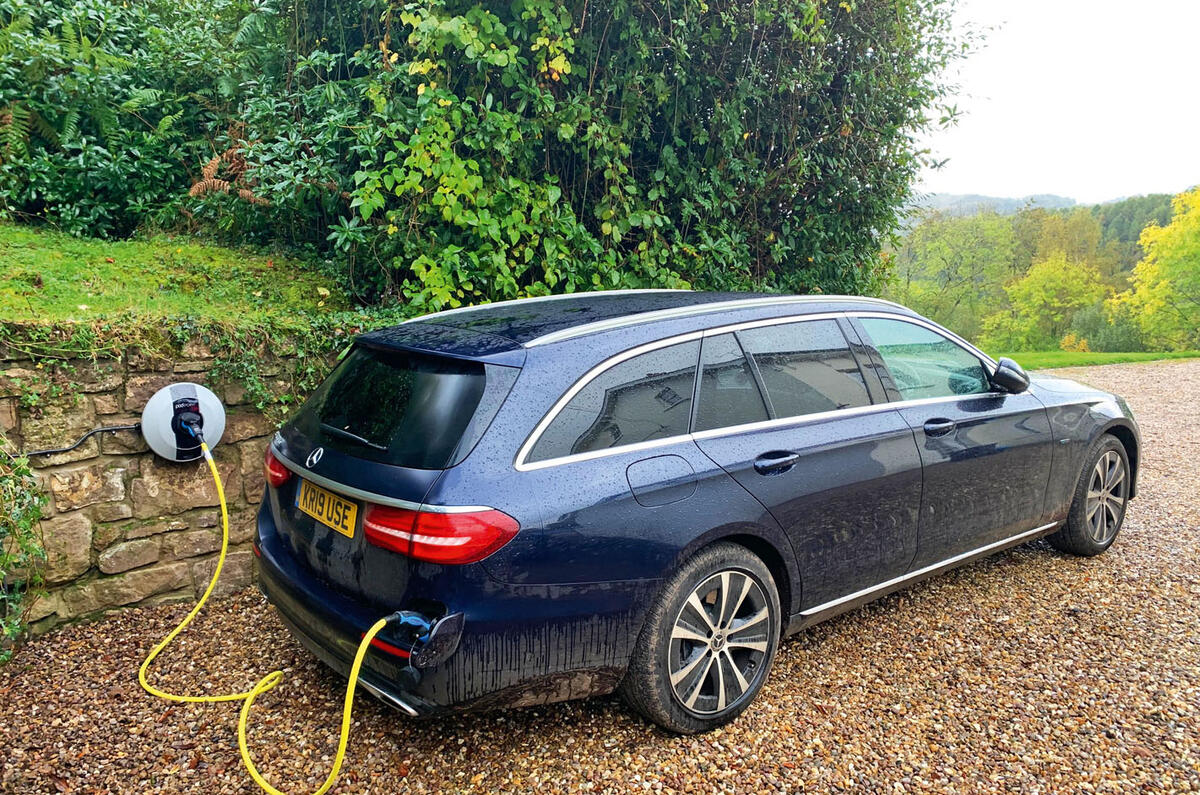
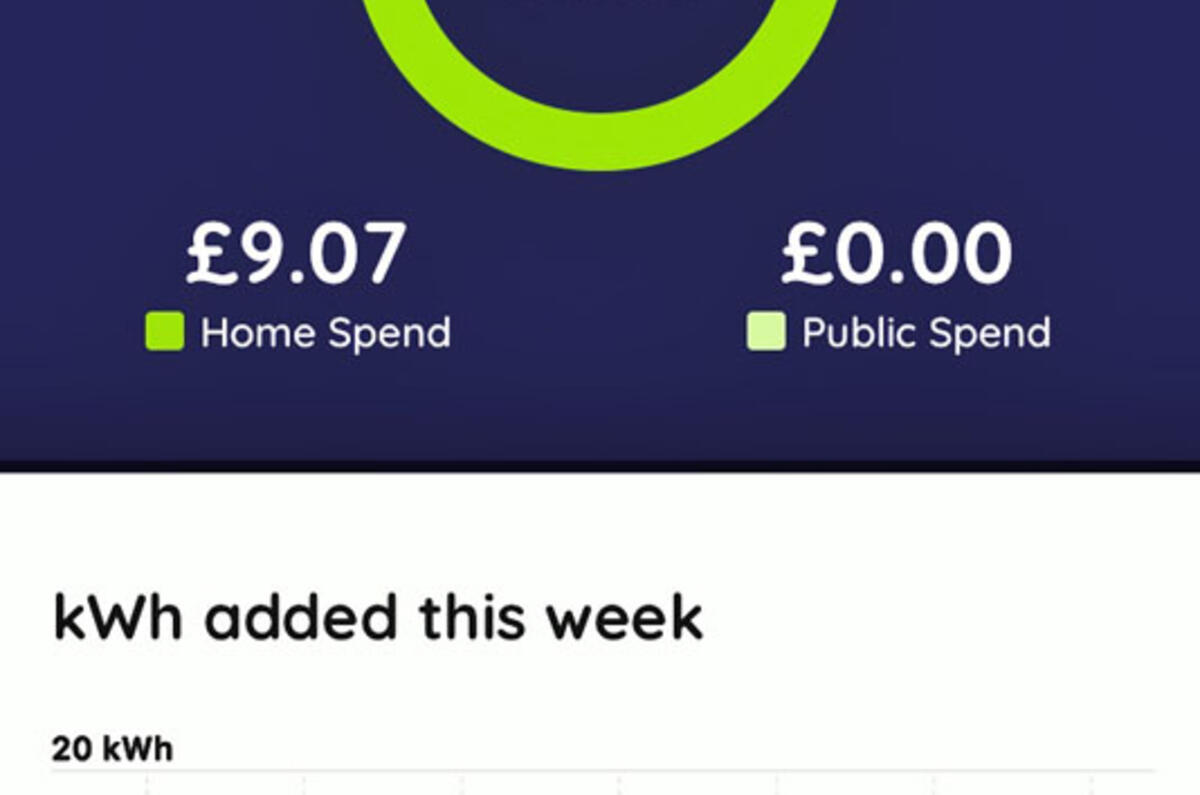
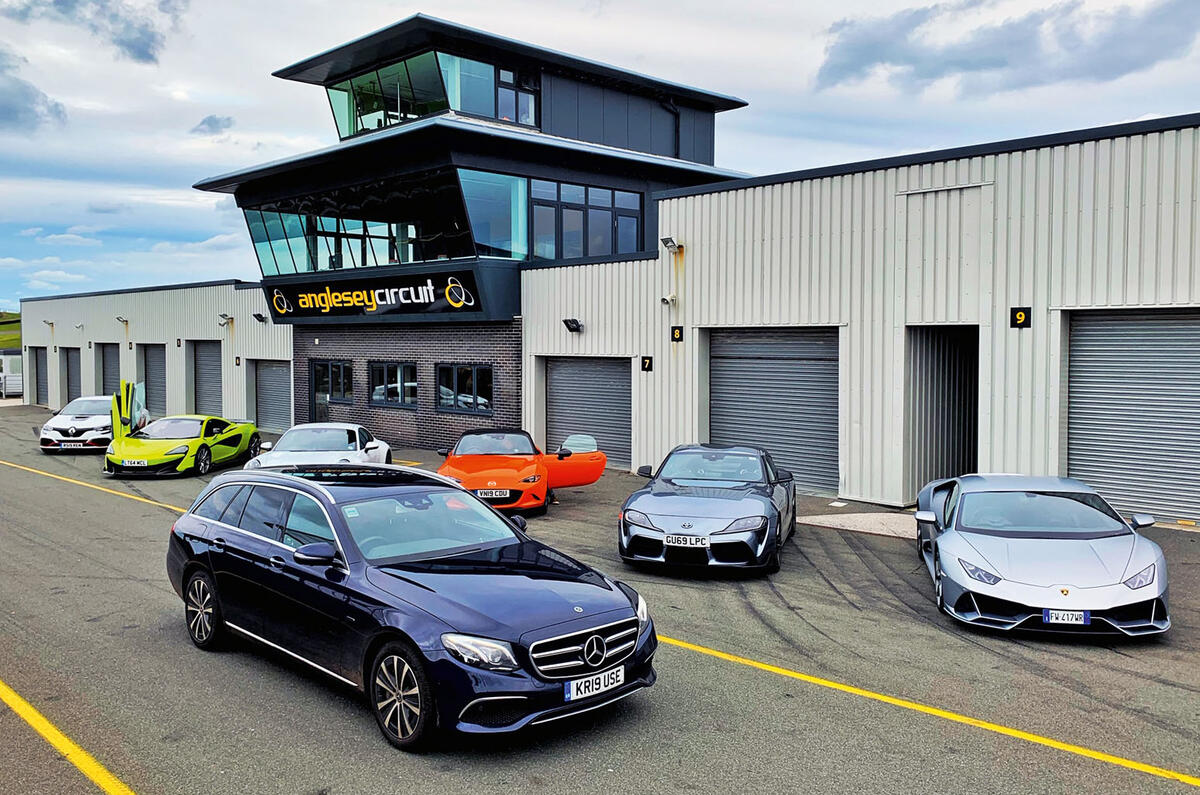
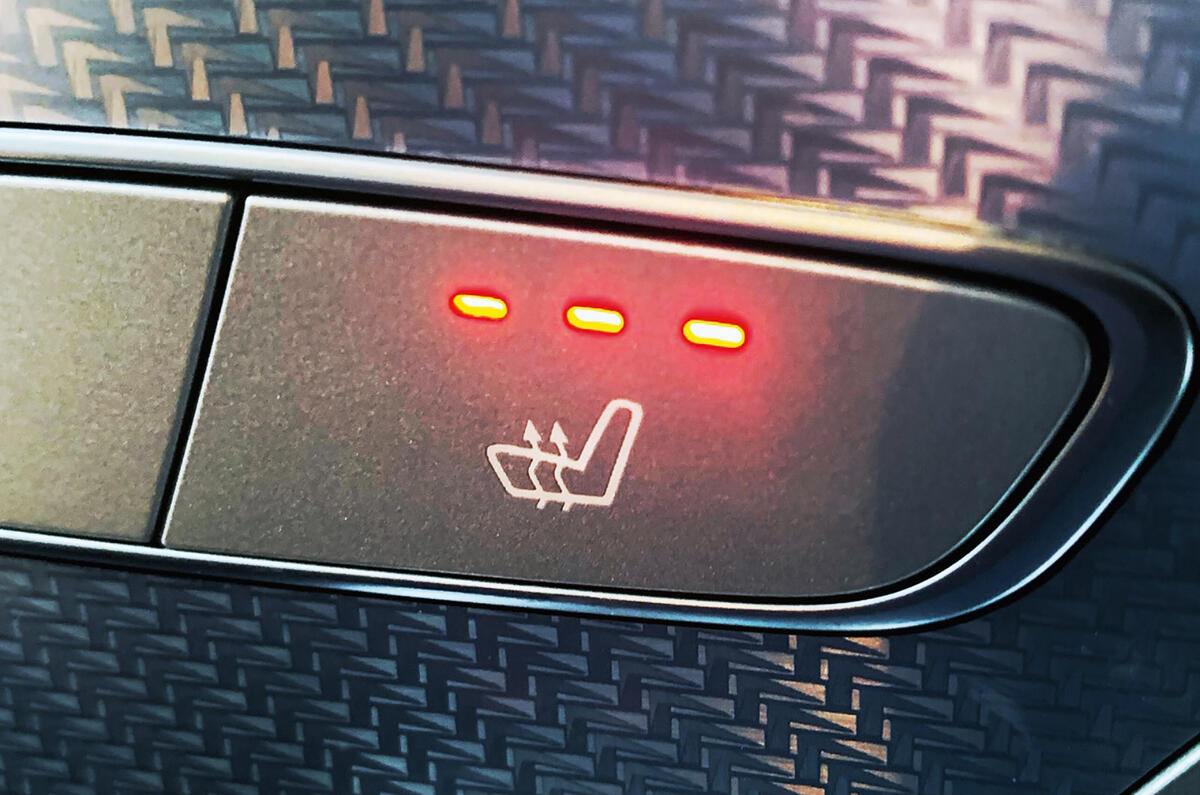

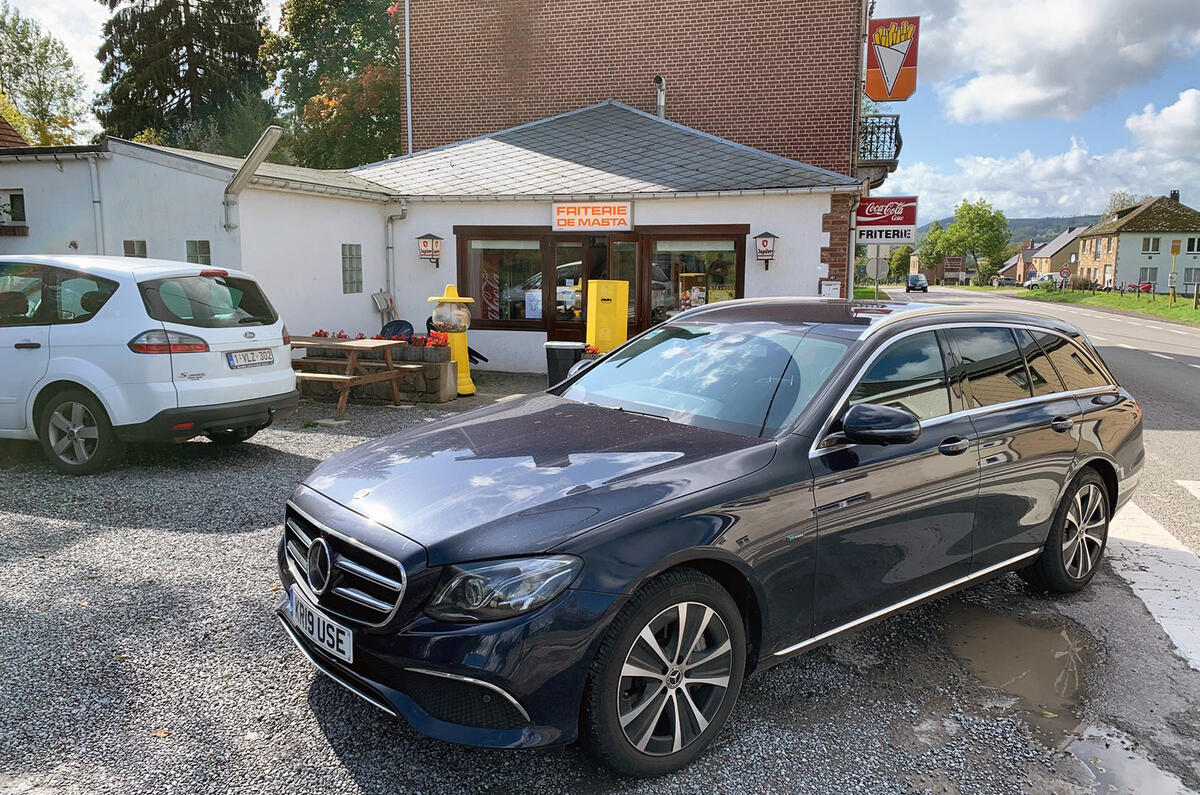
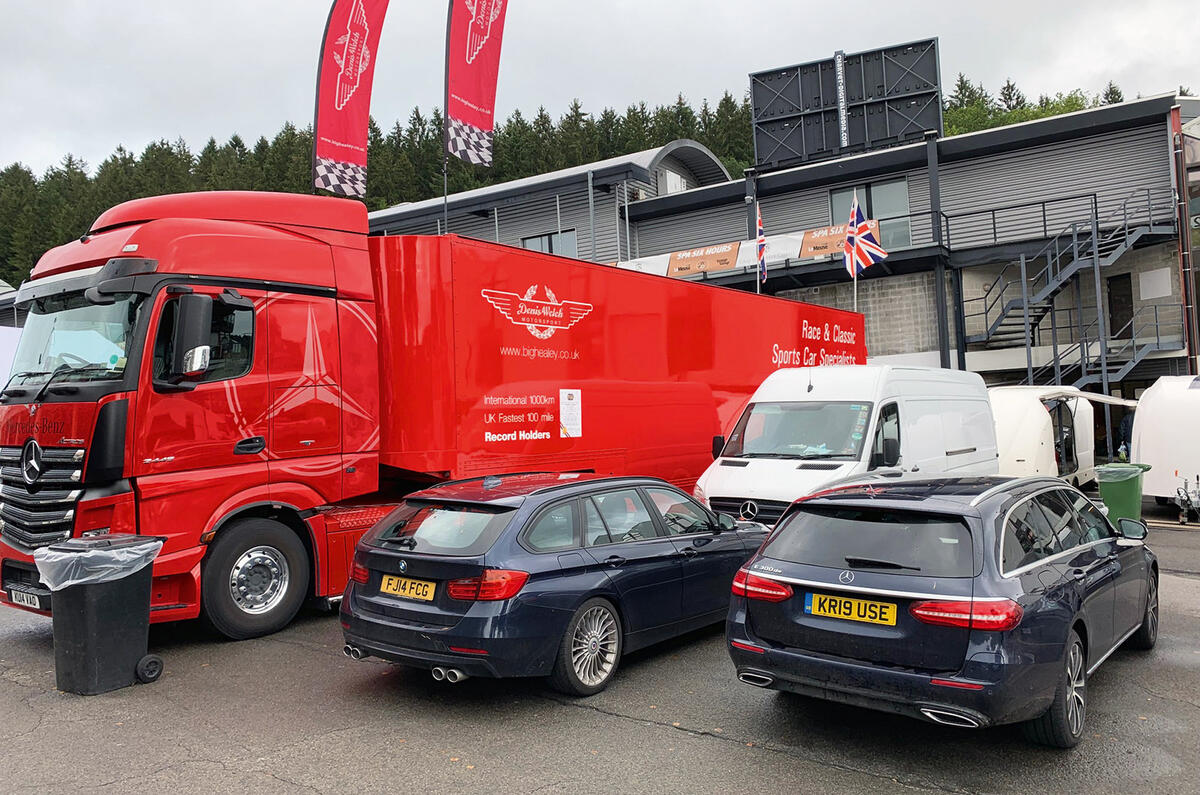
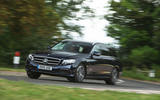

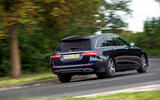
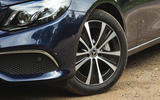

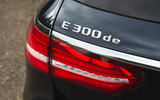
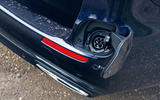
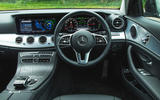
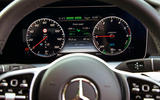
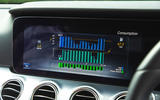
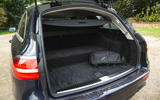
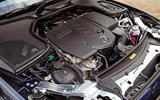
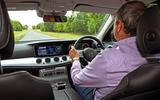
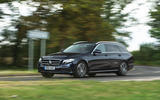

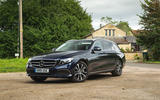
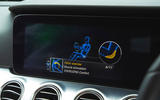
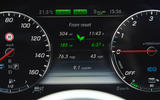
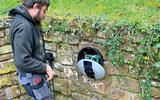
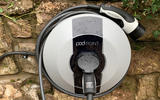









Join the debate
Add your comment
Cold rattles, not just noise
Month 4 - Always wondered what effect repeated starts would have on a diesel engine that's effectively been chilled -10 by way of a windchill going straight to 3,000+rpm, without oil being in all the right places, when you put your foot down on a slip road.
I'm probably old hat but my mechanical side of the brain just has to much sympathy to ignore my ears and remembers those Castrol GTX adverts.
Cold start of the diesel is a non-issue durability-wise. This 1950cc diesel is a very recent design and minimises piston slap. Modern oils mean that wear is a non-issue unless the car is laboured hard at very low engine speeds, which is not possible mated to an automatic box.
Windchill is a human perception thing and has nothing to do with actual temperature, BTW.
Nothing to worry about though some will dislike the sound of a diesel. This is likely to be a groundbreaking powertrain that will sell well in technically-literate DE, NL, FR and I markets. The heavy duty mechanicals are not referenced in the article but those big brakes, driveshaft, CV joints and the high torque version of the 9 speed autobox to deal with 700Nm and wipe off 150mph safely are one major reason for the weight uplift over the light duty 220d. Driven sensibly, it should assure better durability and lower running costs for those who prefer to own a car for much of its useful life.
Its poorly designed.
Bomb - Couldn't agree more, everyone sees things differently.
There were a number of factors I didn't choose the E-Class, ( money being the prime one. Buying it wasn't an issue, in fact there were huge discounts on new cars - £14k off list! but the running costs were simply huge compared to rival cars ).
But that vast boot didn't prove to be so vast. The under floor storage had huge potential for me but in typical German over engineering, there's this metal bracket in the middle to prop up the floor. ( it's right beside where the folded basket sits ). Great if you're loading a washing machine but hugely unnecessary for much anything else. I couldn't fit the things I carry in my Octavia estate in to the the E-Class. And then when you consider my Skoda also comes with a spare wheel underneath all of that, the Merc didn't have any facility to carry a spare despite it's vast size, it's a bottle of gunge or nothing, then it seems crazy. The engineering behind the Merc design is fantastic, but someone forgot to question how practical that overkill engineering is. Merc could so easily make it a much better estate if they tried.
As I say, unless you like origami plastic baskets, there's nothing much smart about the design.
We got a 220d estate last
We got a 220d estate last year Scotty, I like the profile and the interior. I know looks can be a deciding factor in a car purchase but the car is excellent. We'd had two A6 Avants so the less sober looks were welcome, as were the additional boot space, better spec and more comfortable ride.